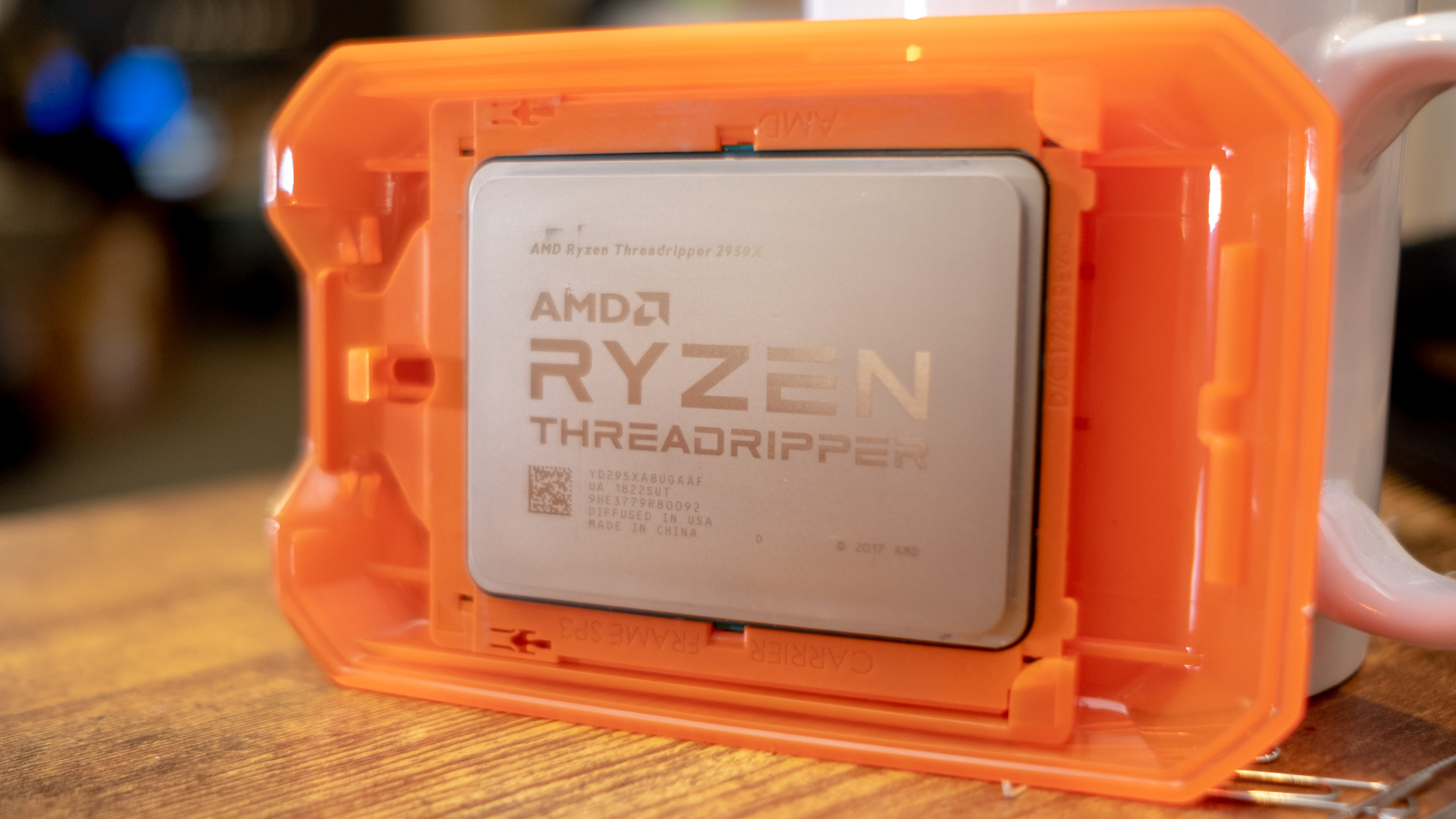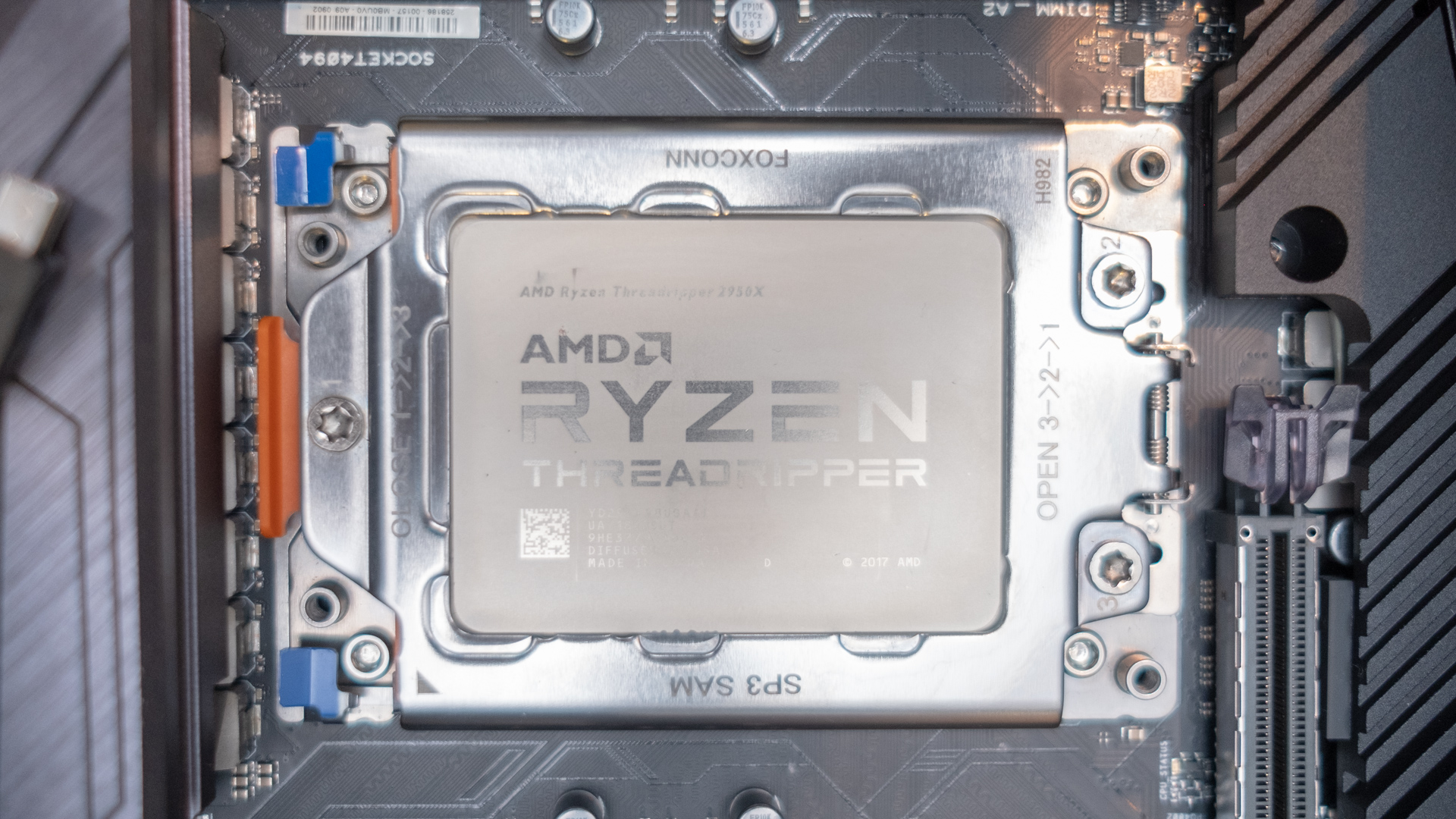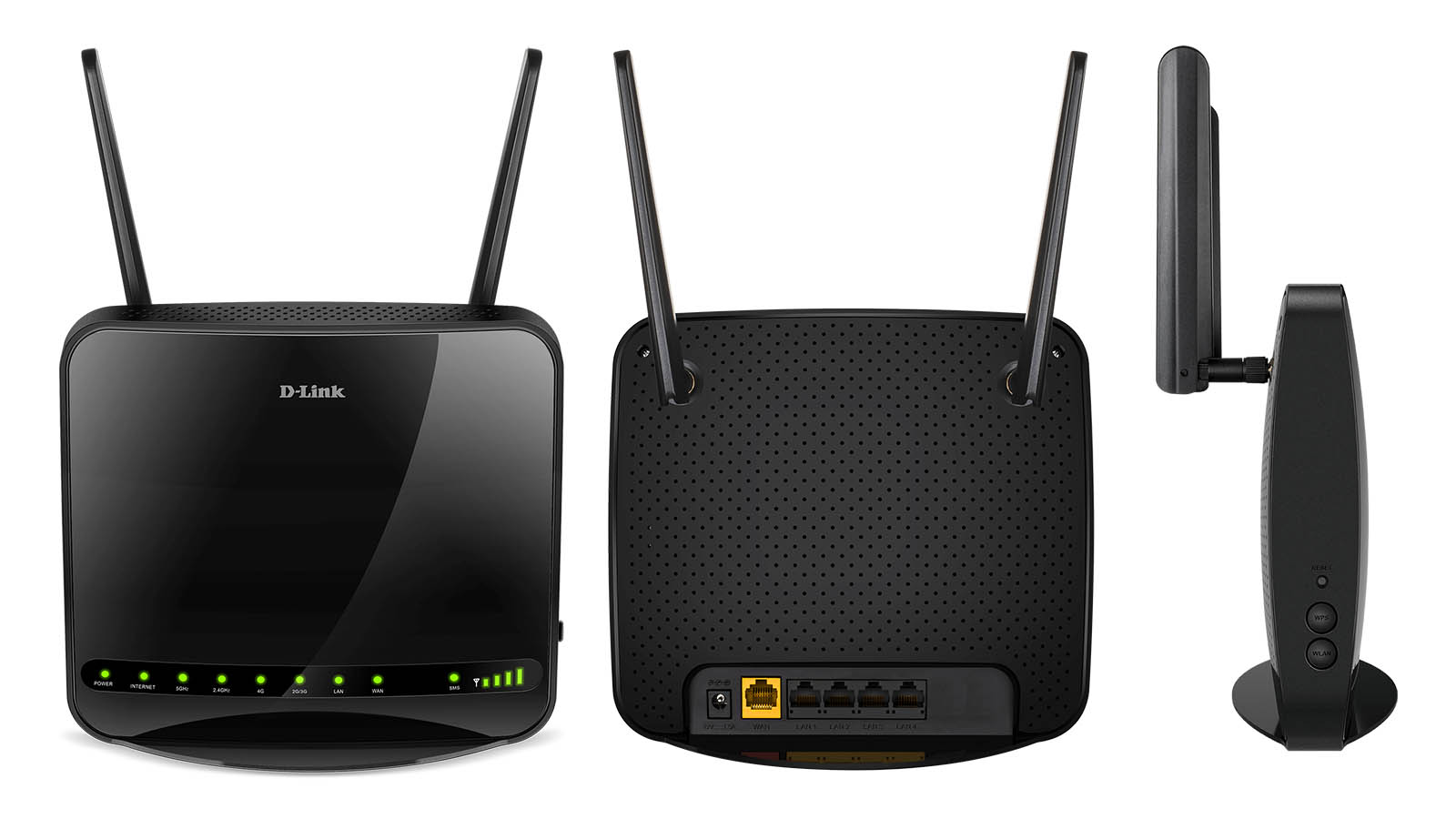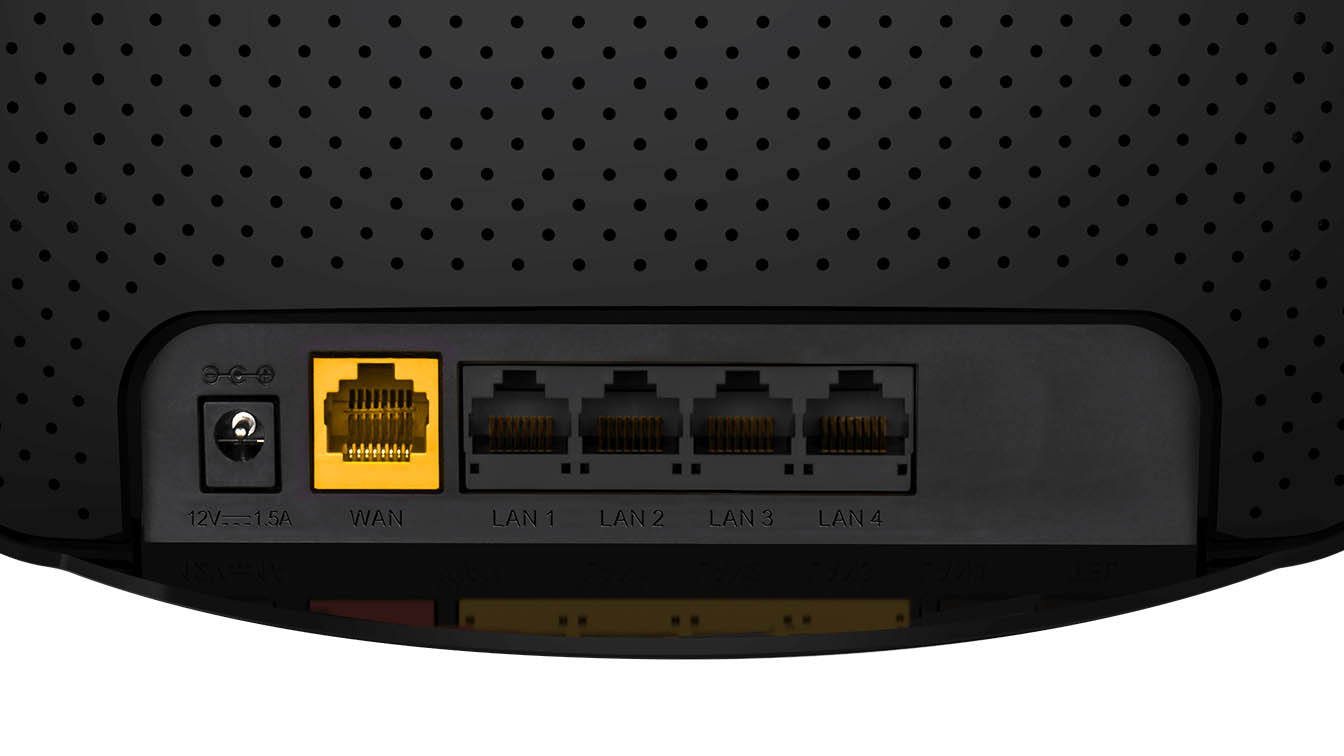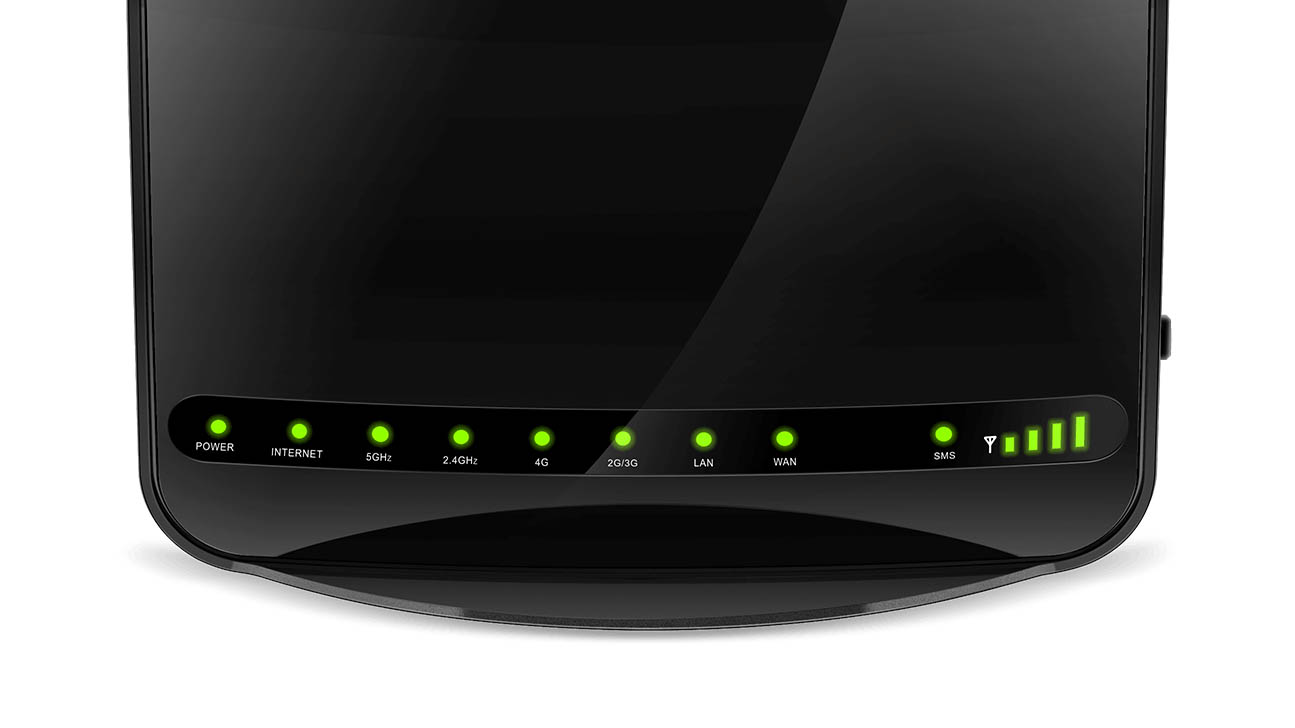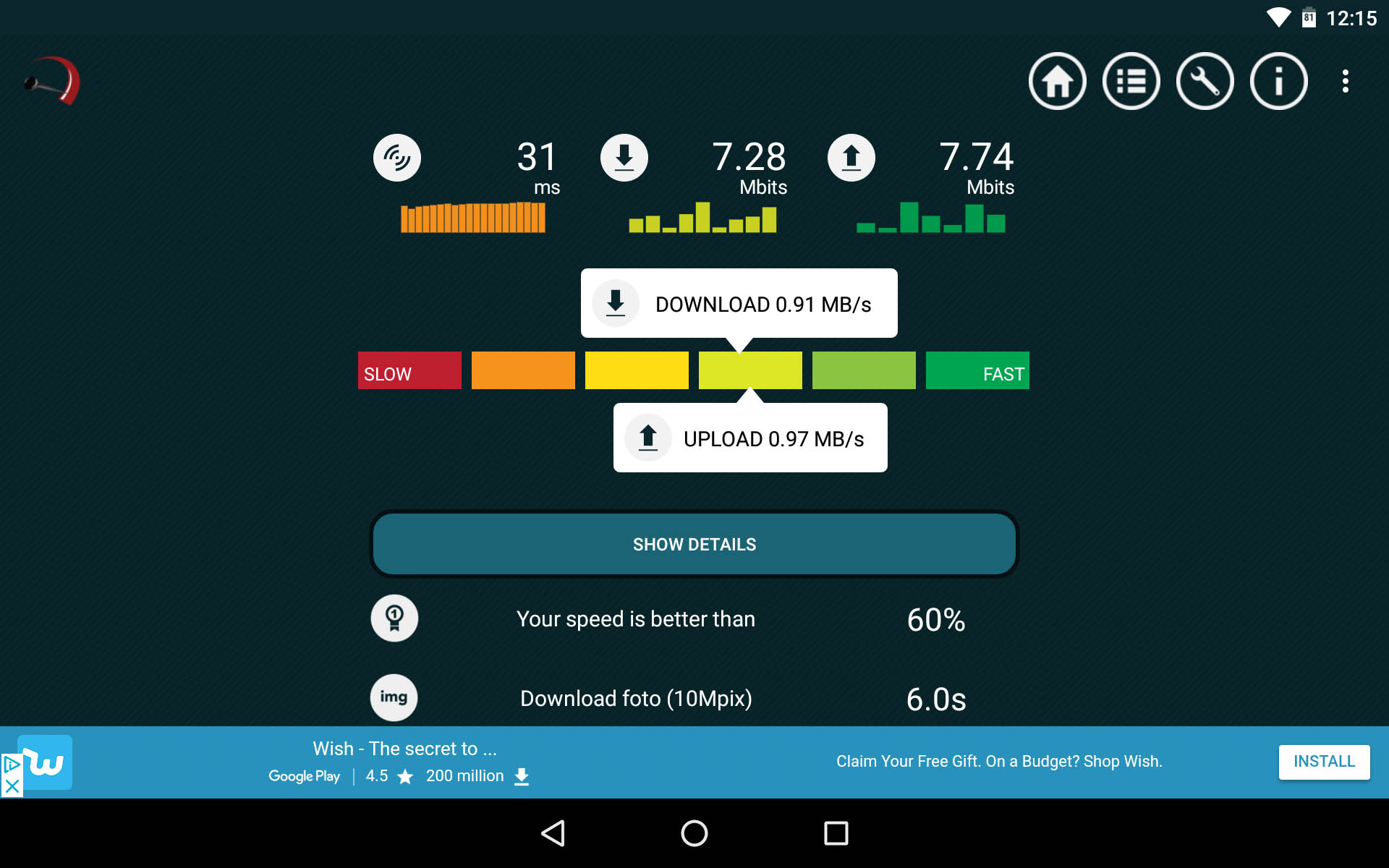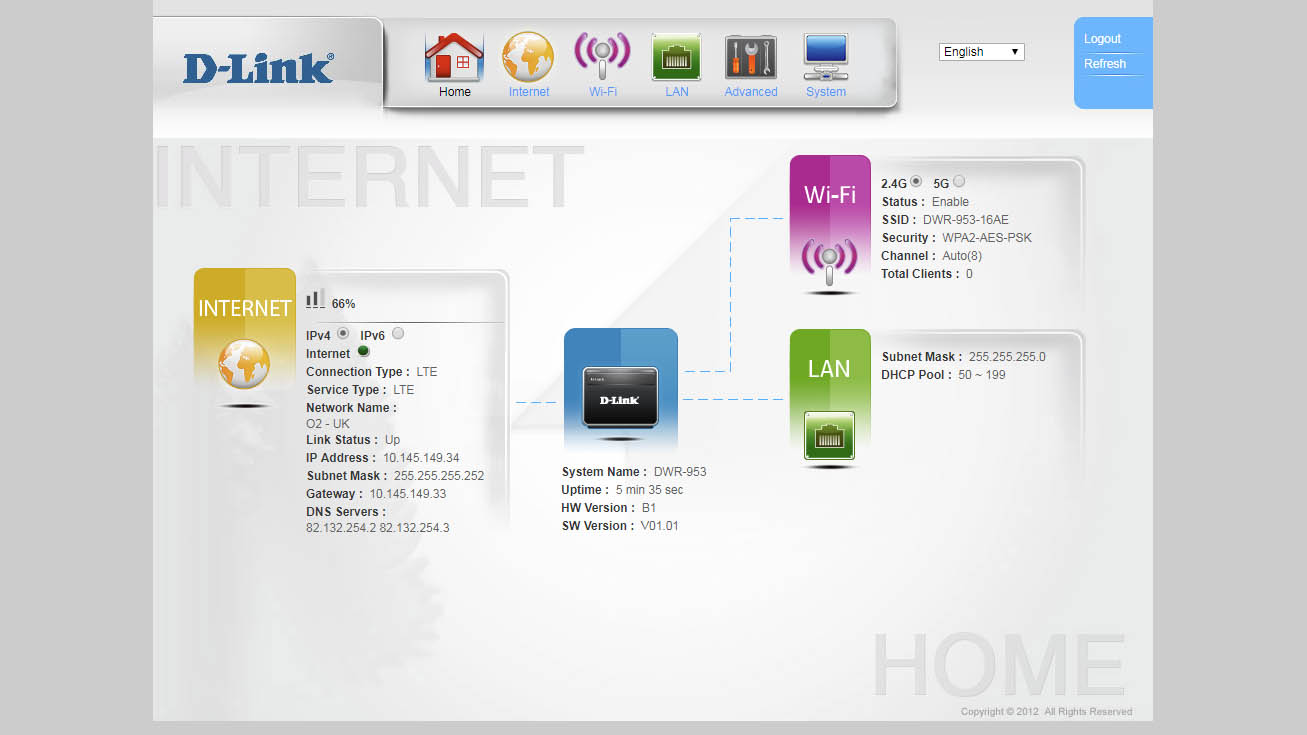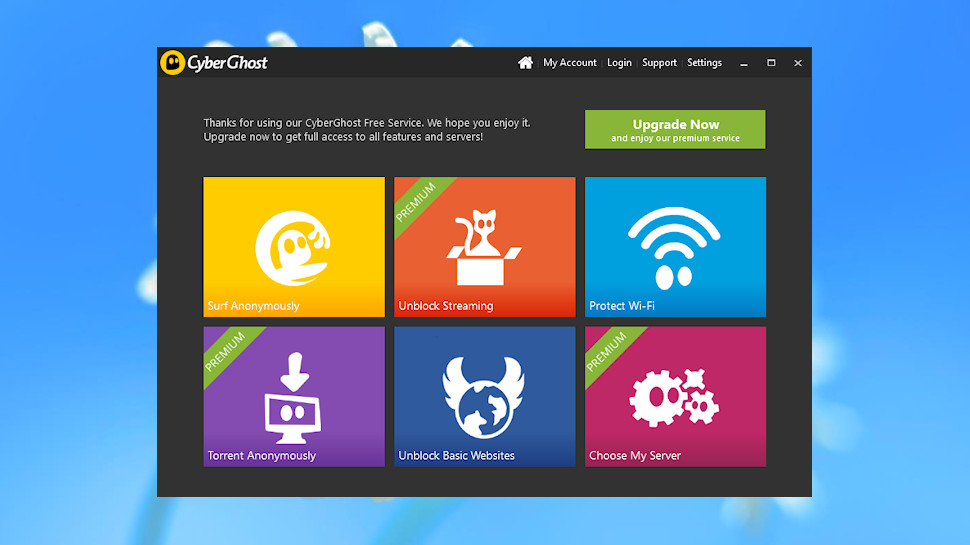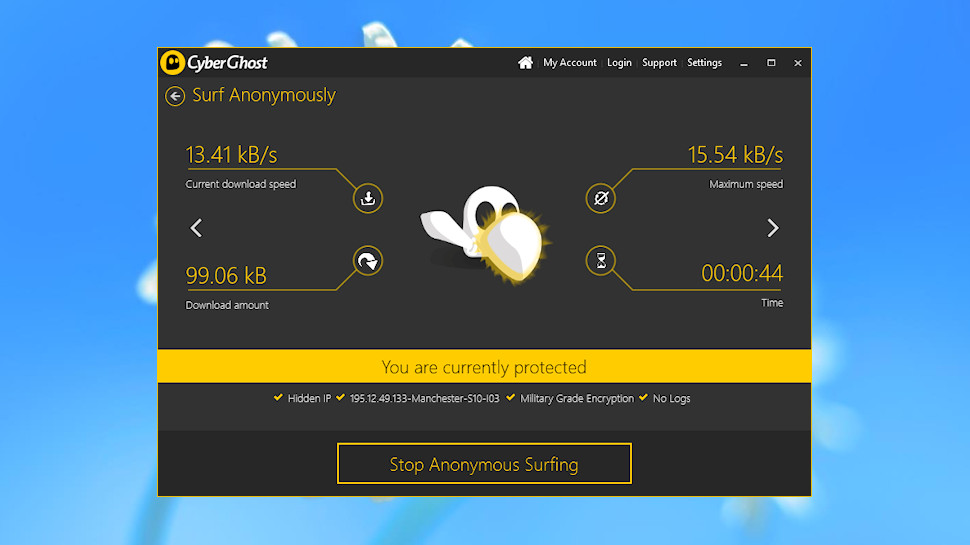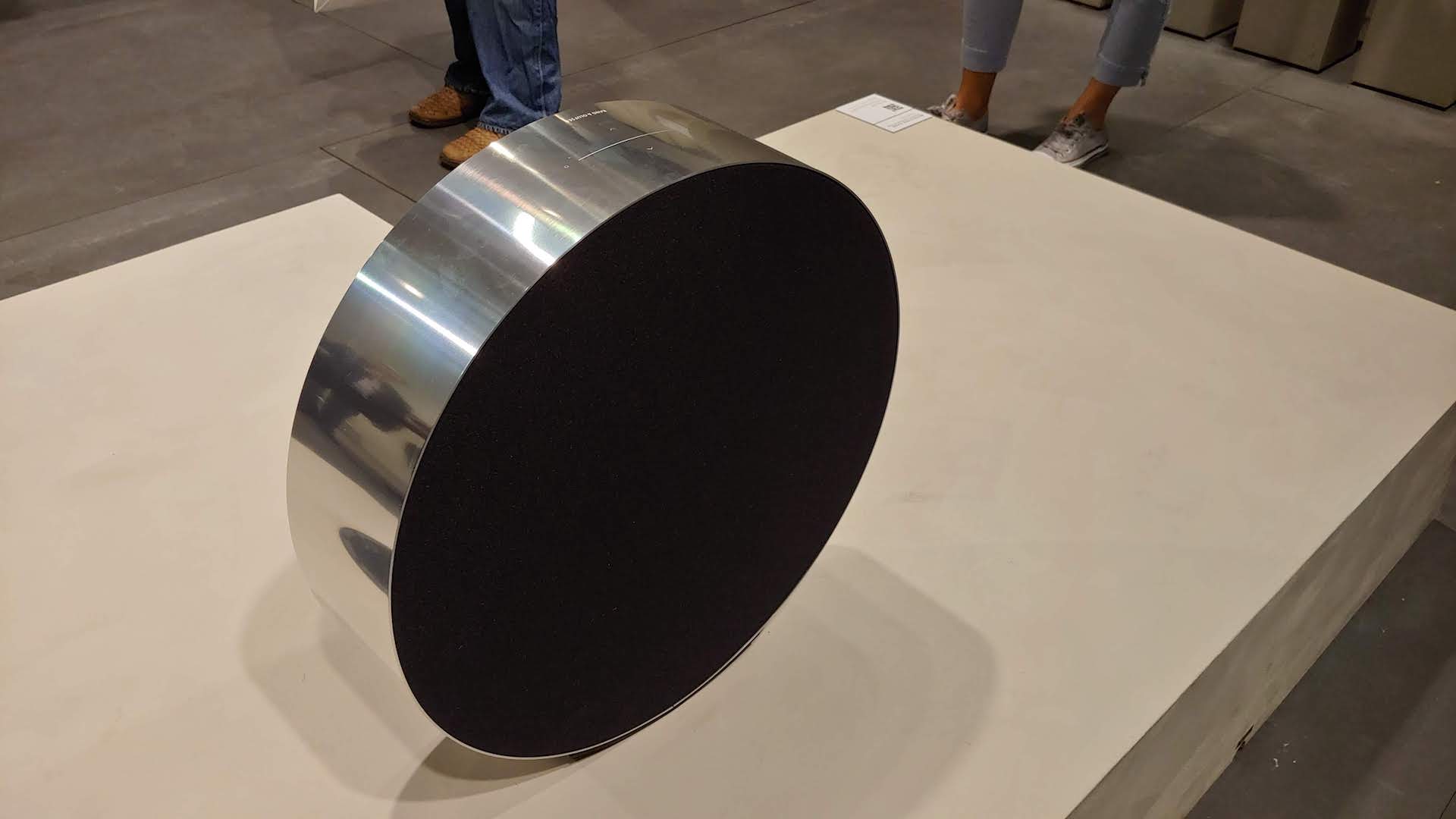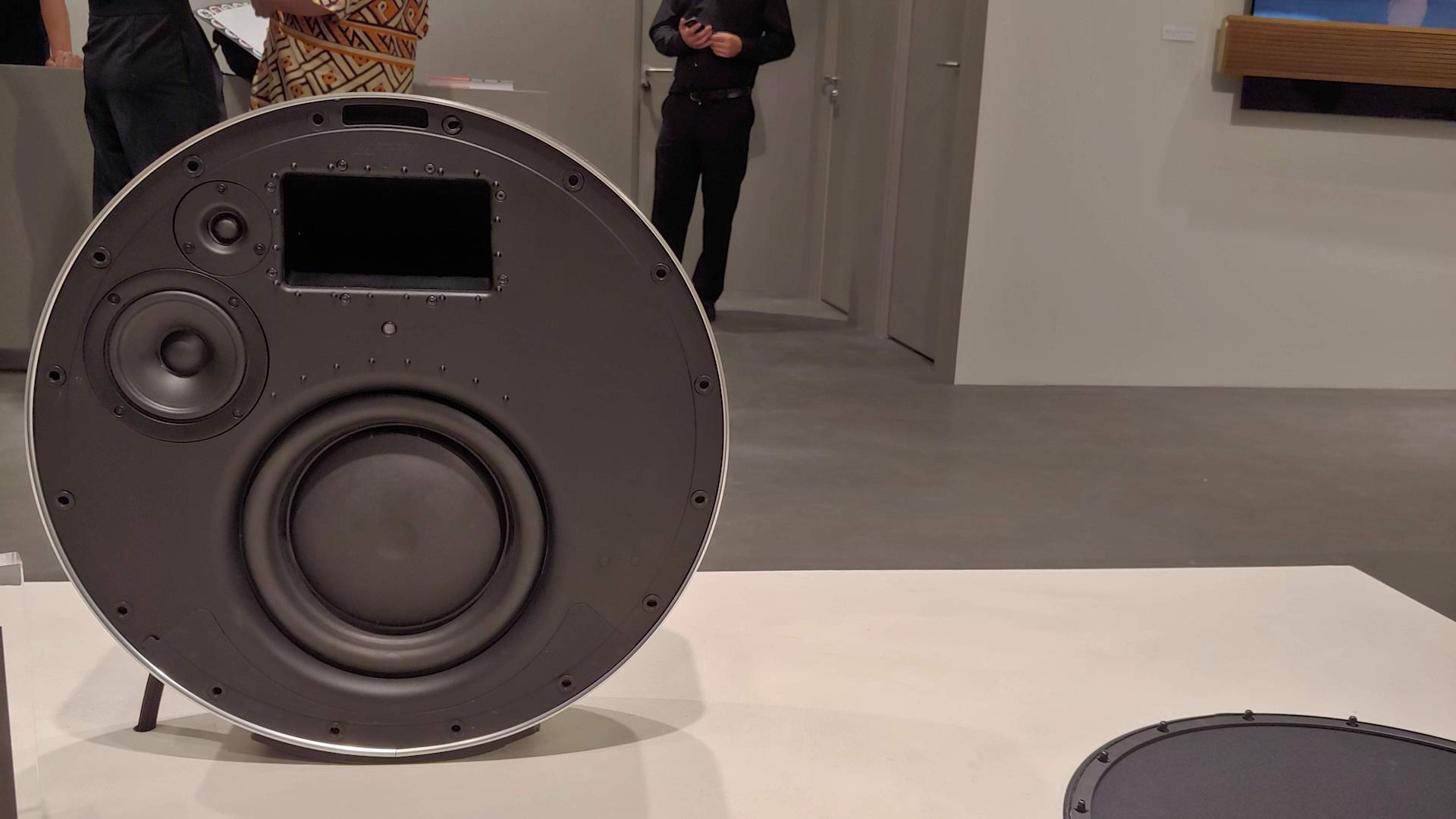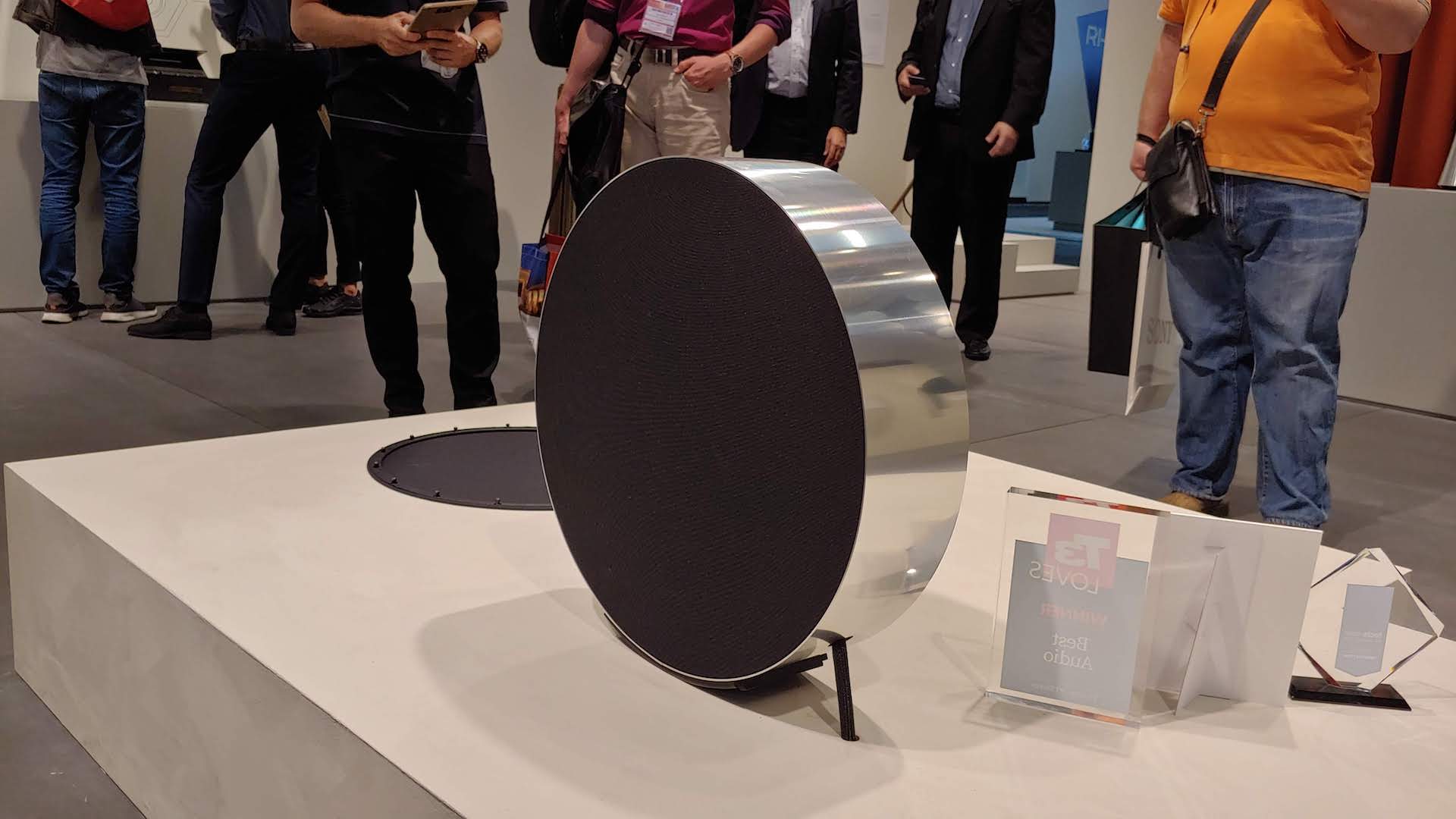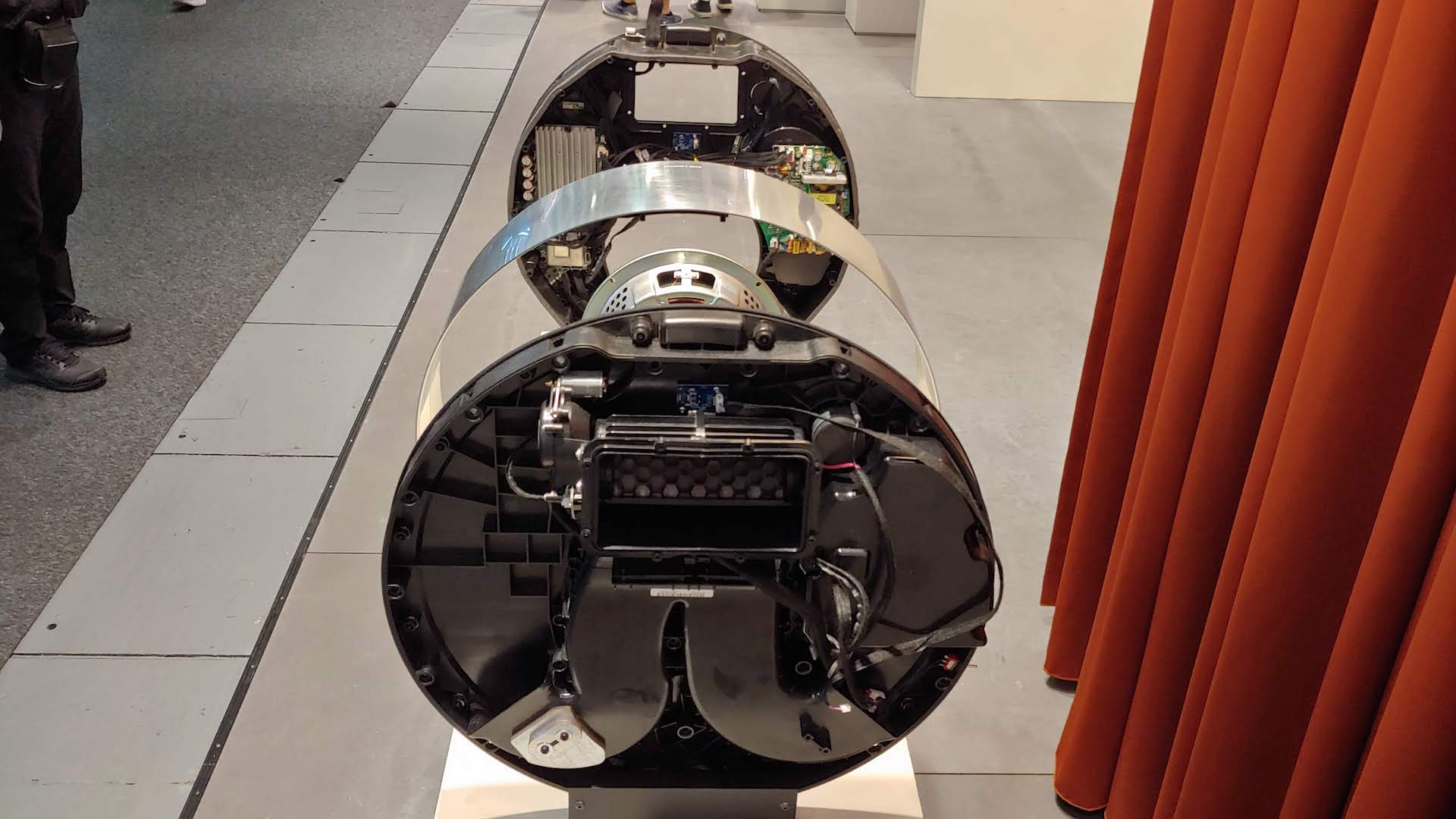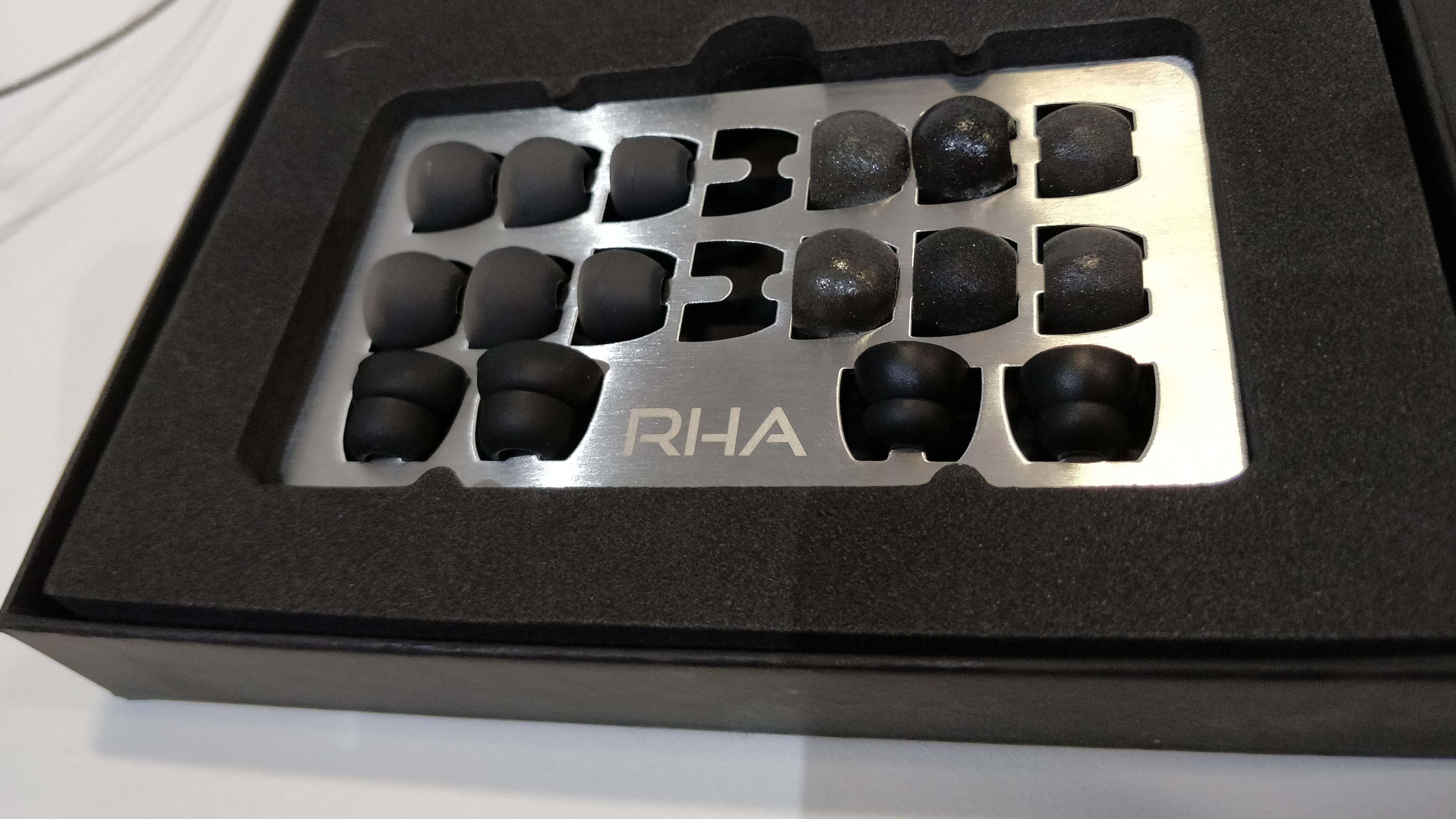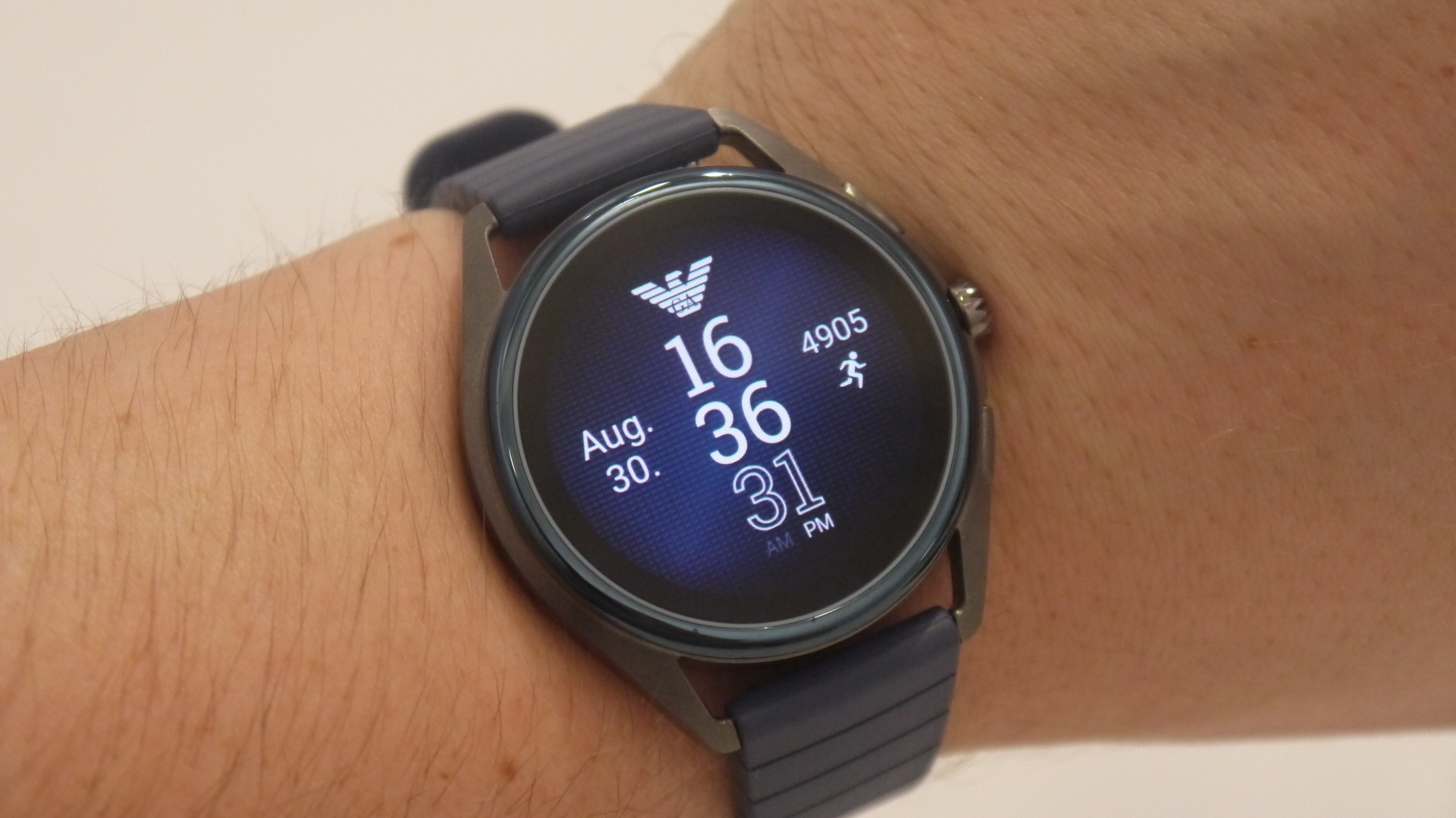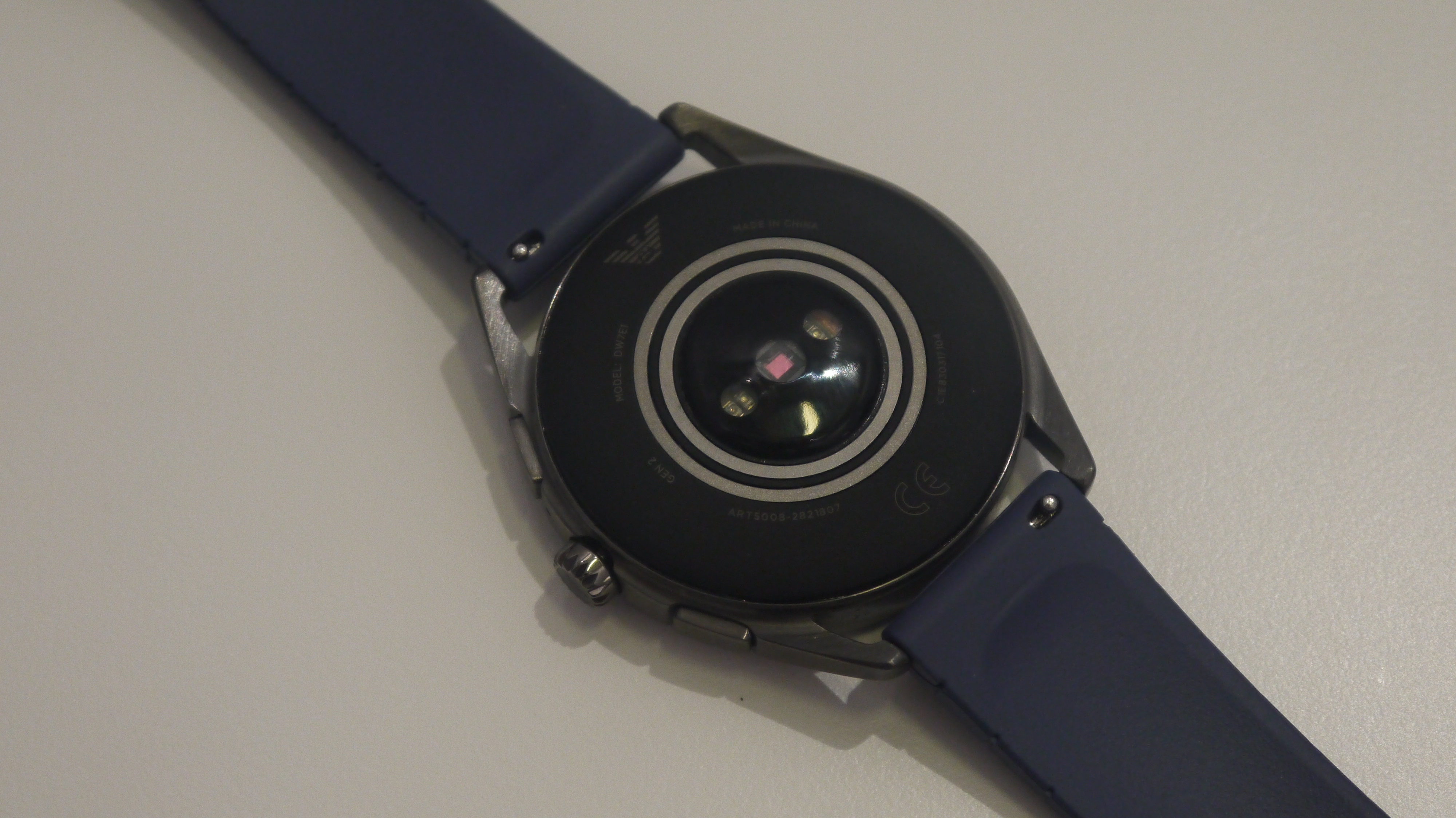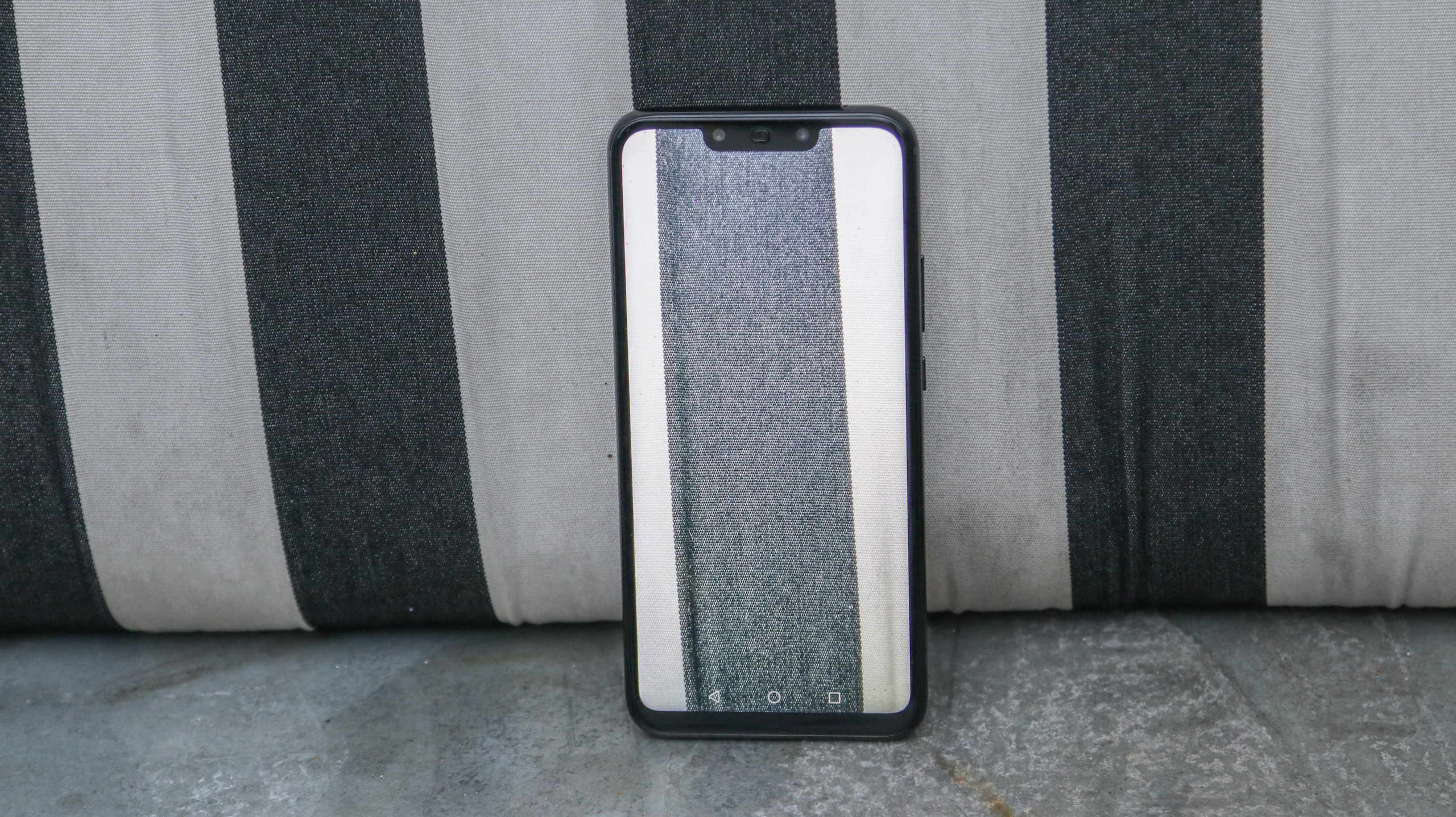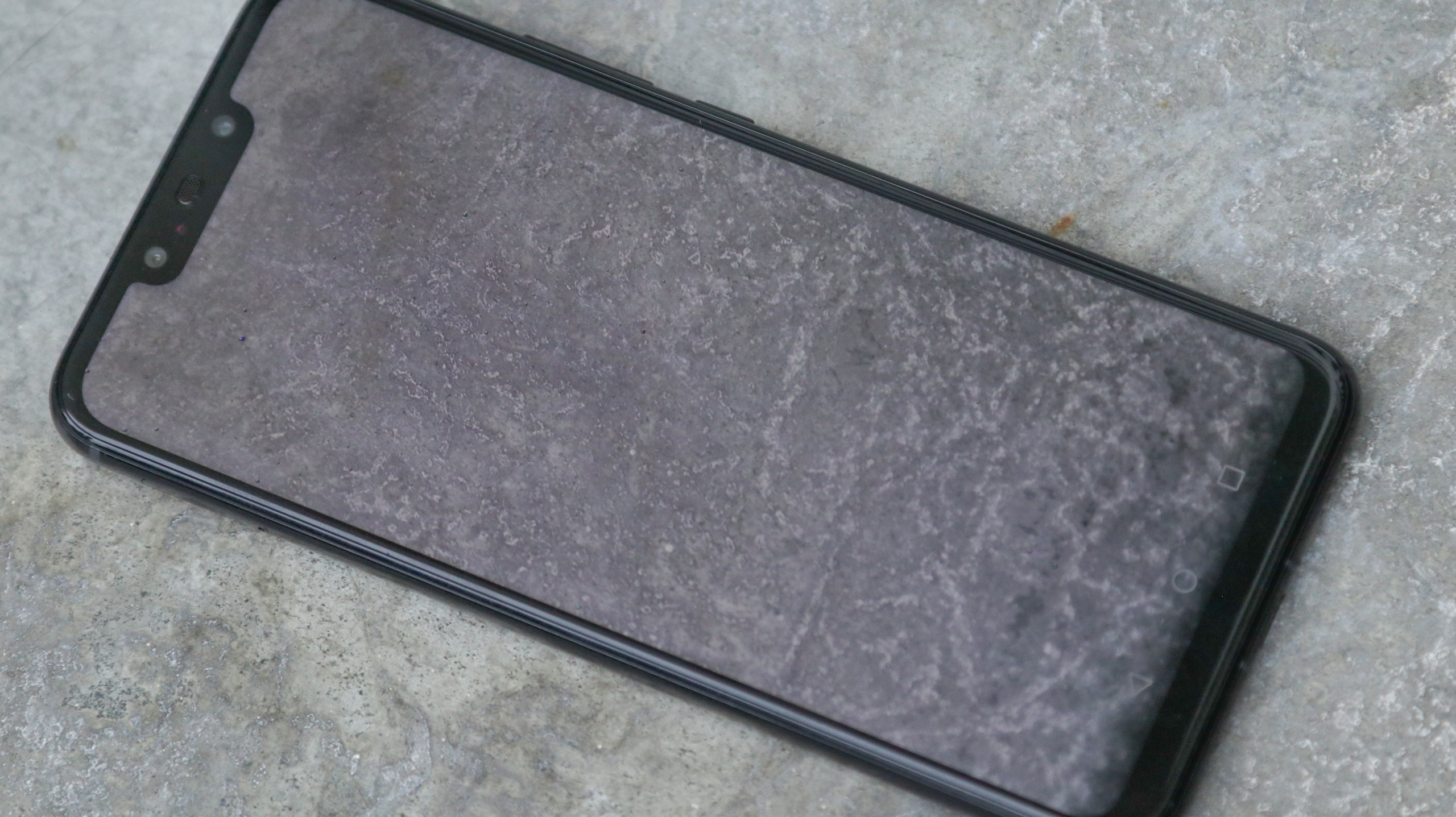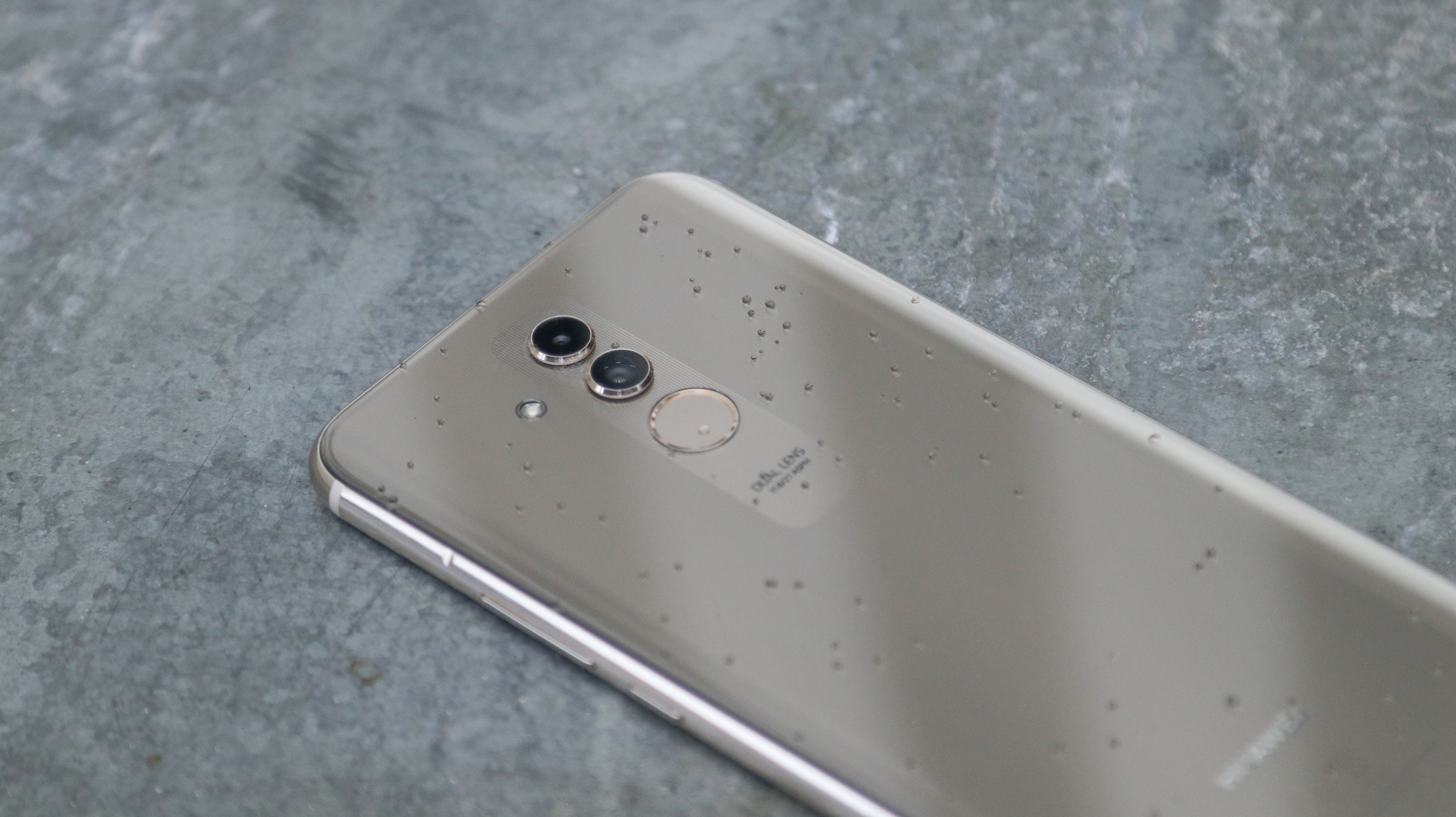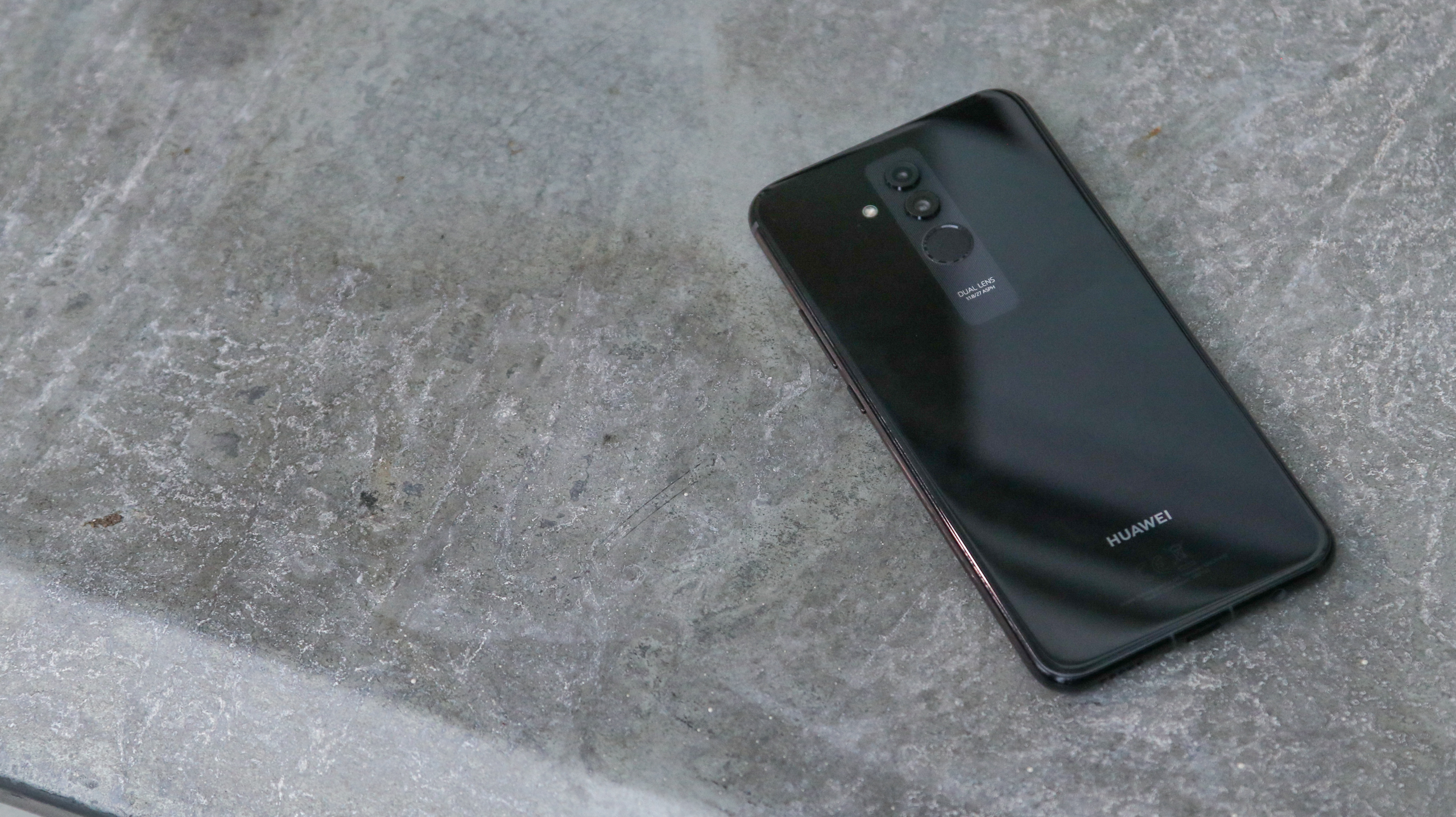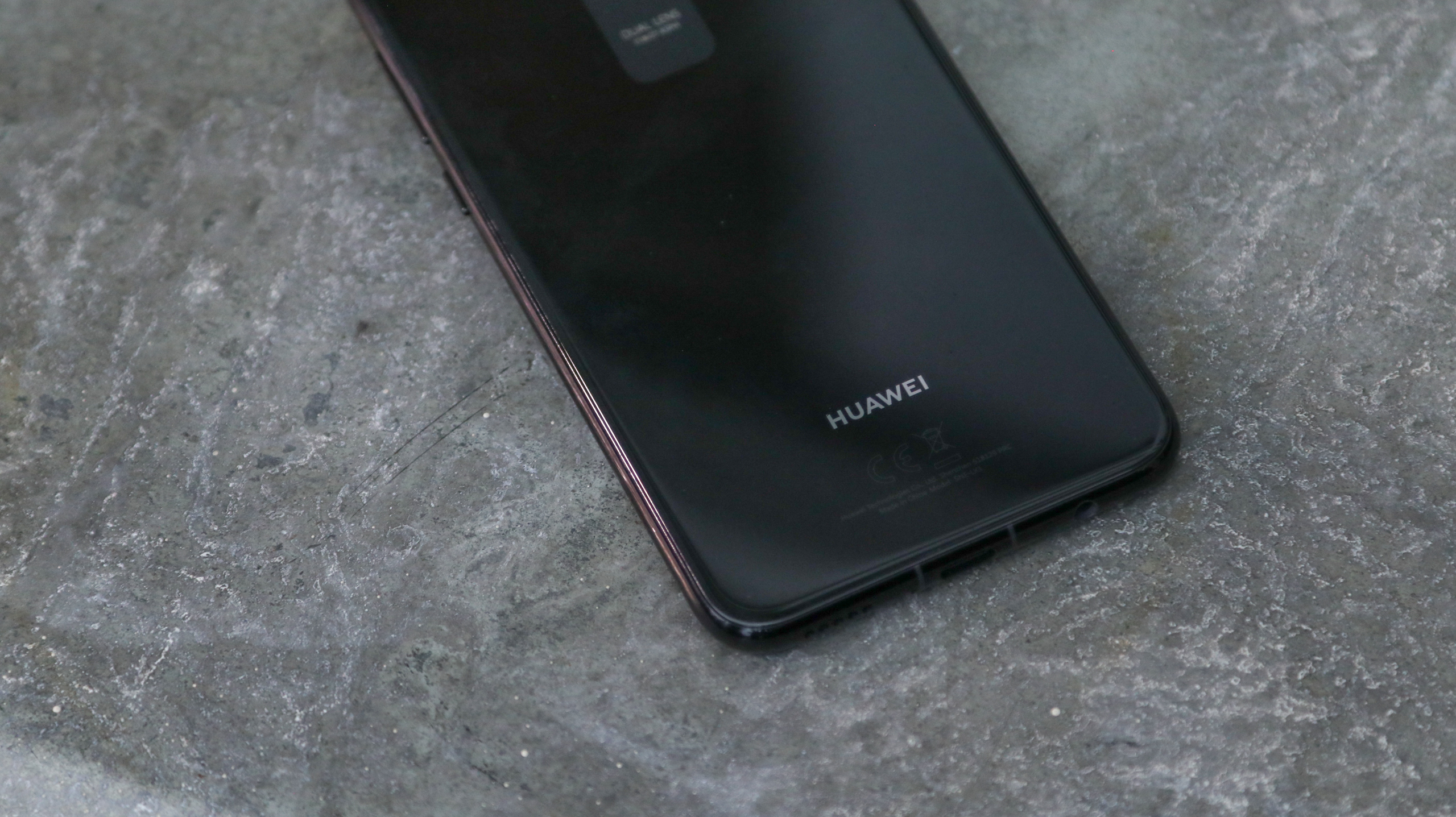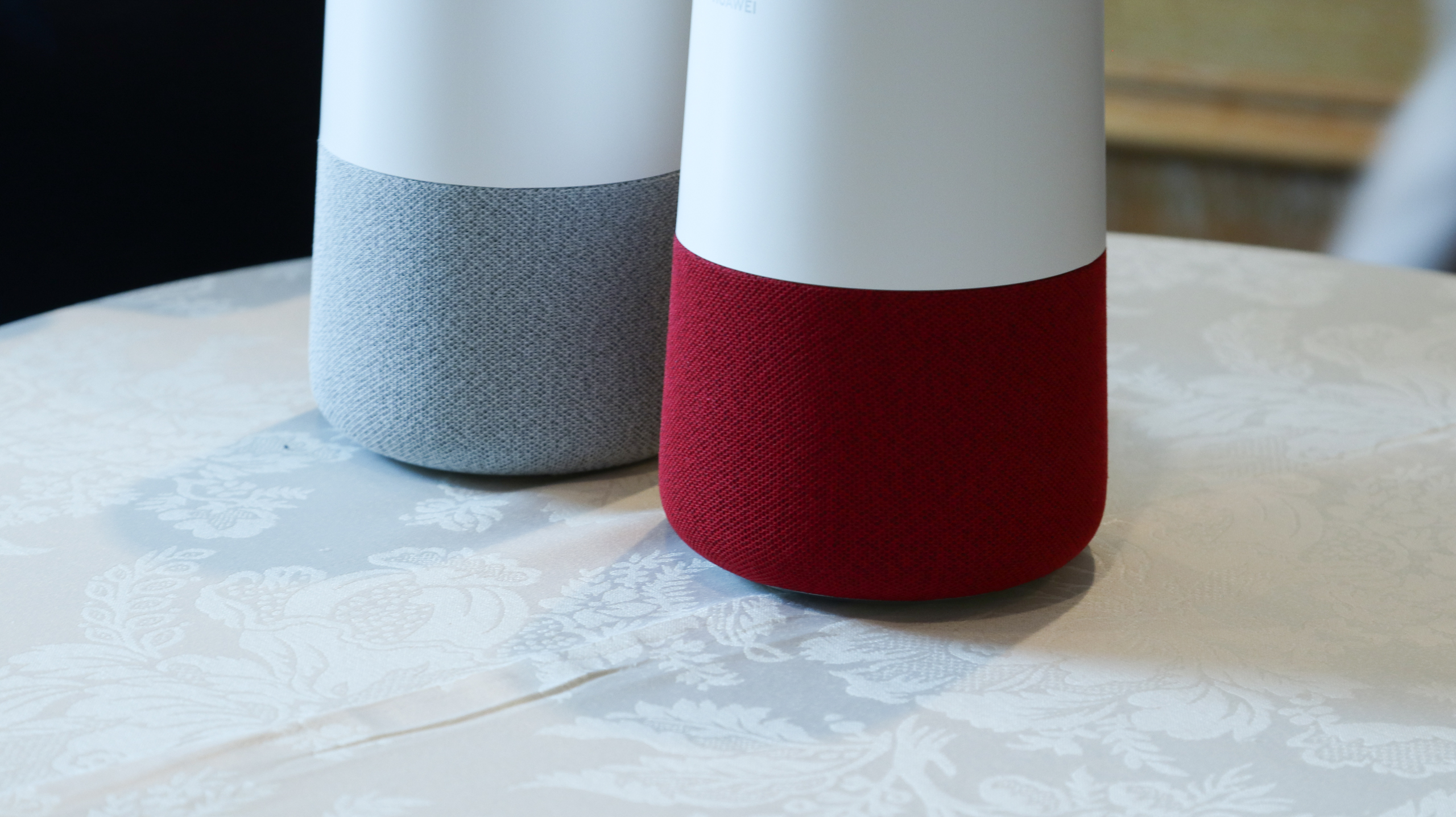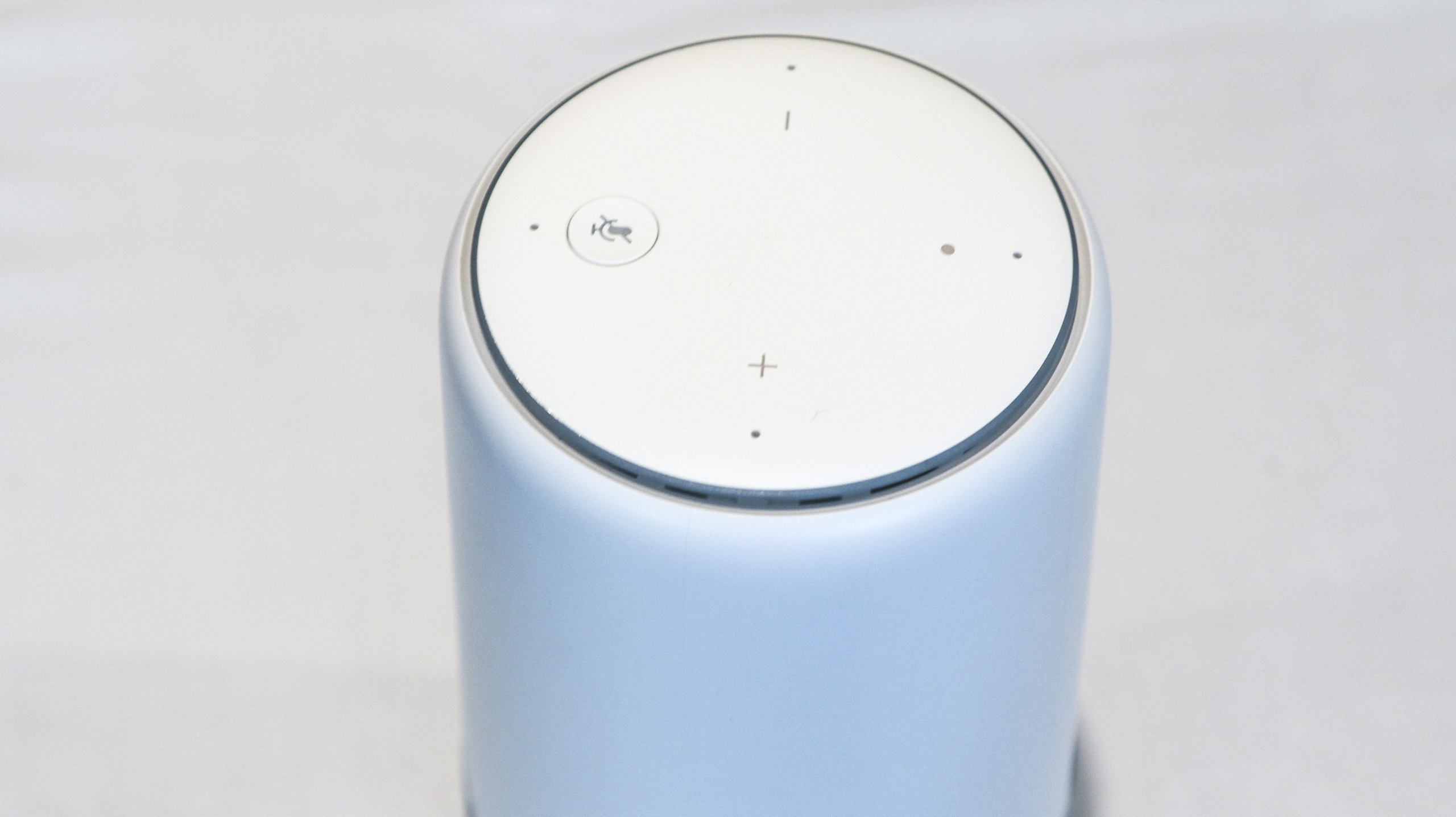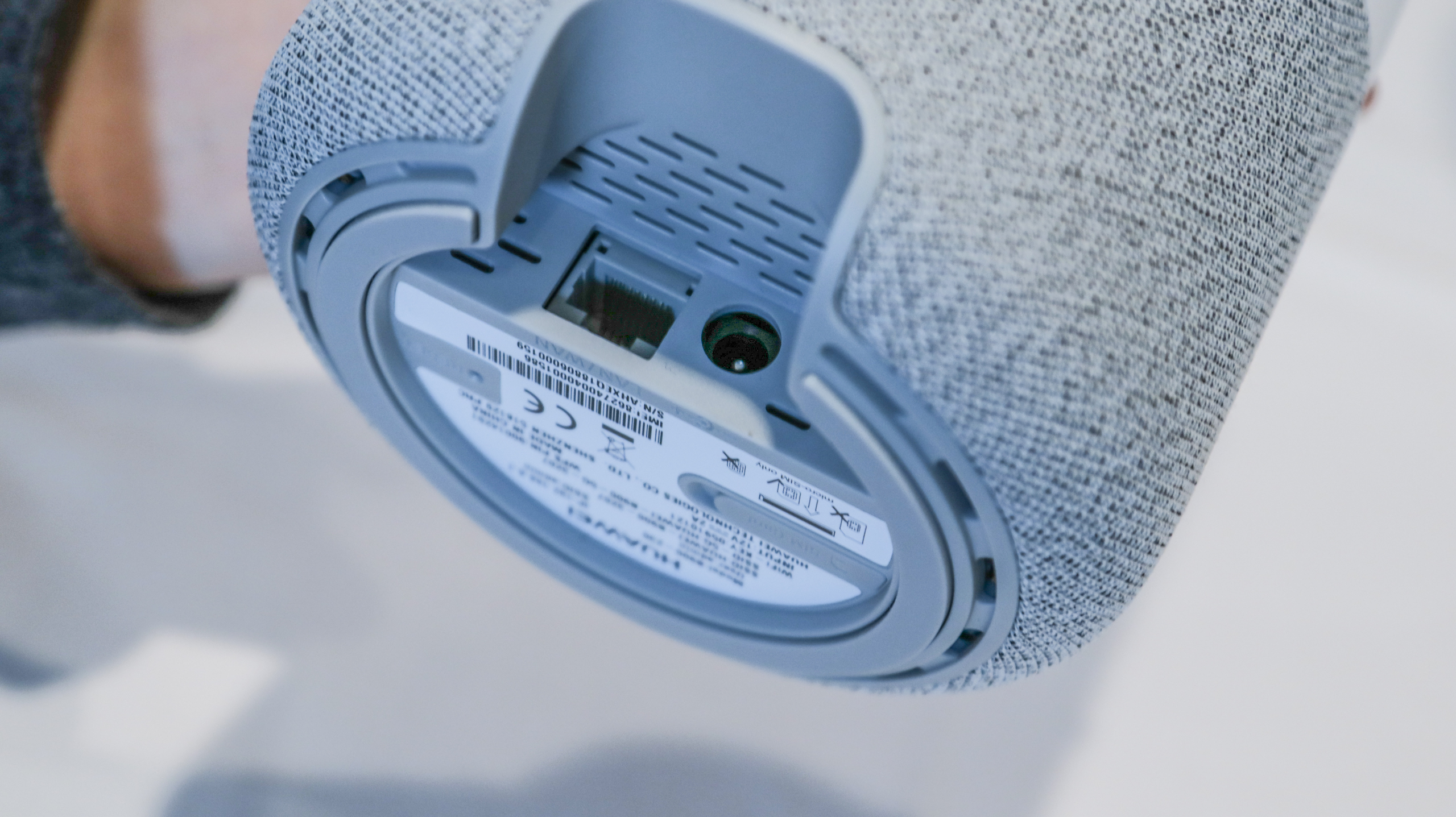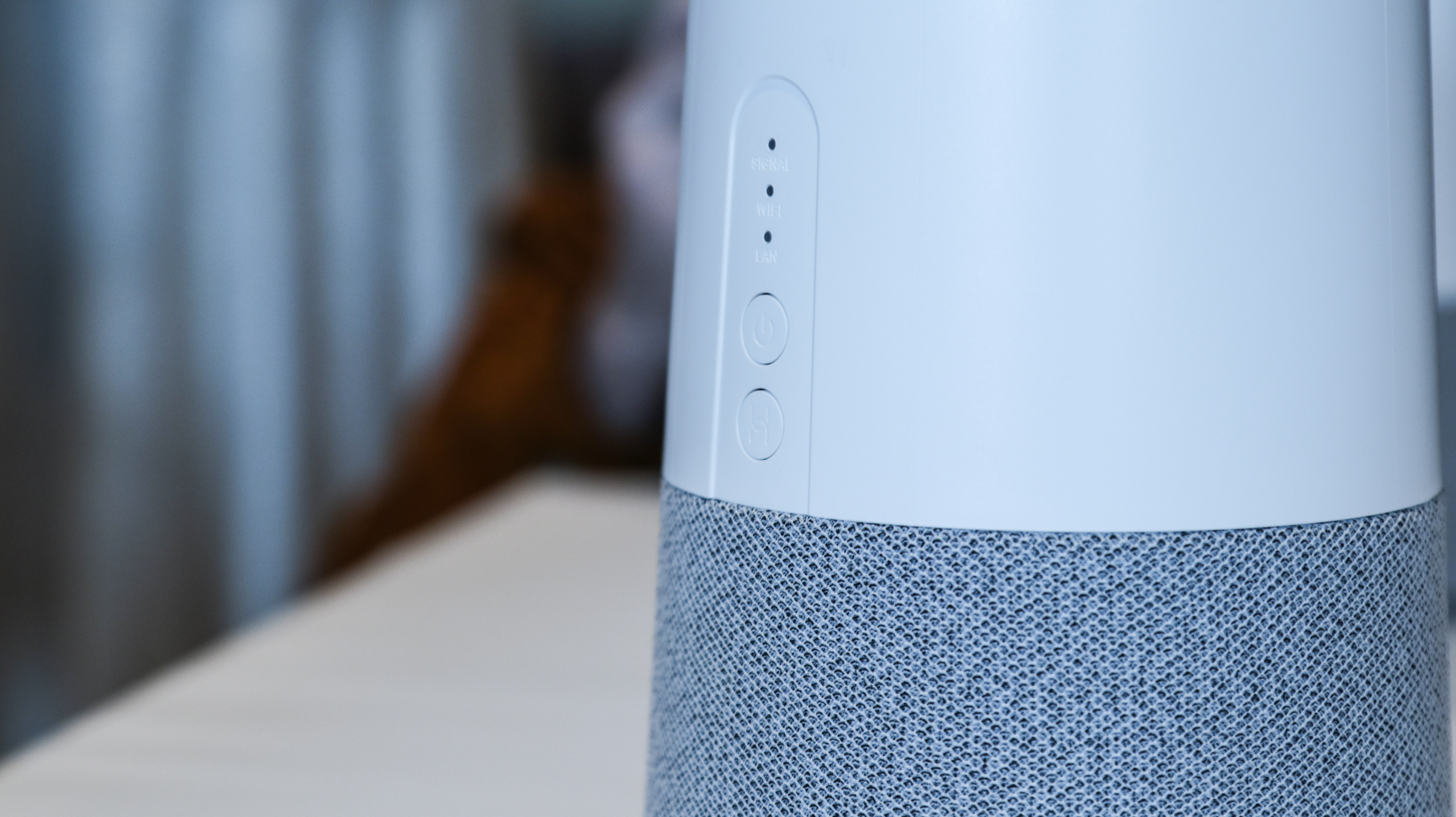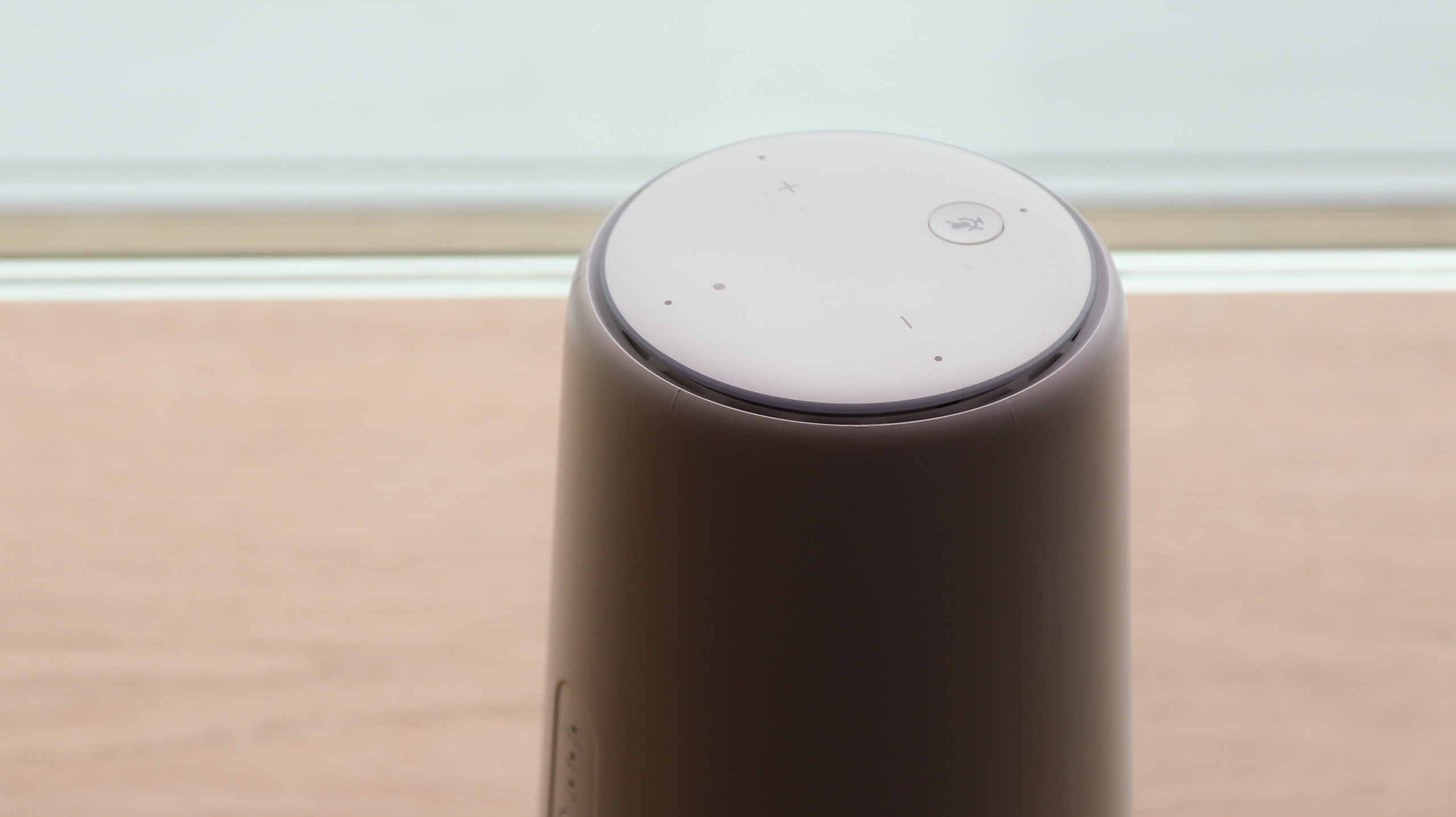LG G7 One
It’s easy to see why phone buyers are attracted to Android One, the purest version of Google’s mobile OS. For years, manufacturers have been adding their own layer on to Android, for better or worse, so it’s always refreshing to see it all laid bare on a phone that’s sporting decent specs.
And that’s what we have here with the LG G7 One, a phone that’s very similar to the LG G7 ThinQ but with a much leaner OS.
The phone was revealed at IFA 2018 and is certainly a handset for the UI minimalist crowd.
LG G7 One release date and price
The LG G7 One release date and price was unfortunately not revealed at IFA 2018, but we will update when we get more information. Here's hoping that the price in the US is a good deal cheaper than what the LG G7 ThinQ was - this was one thing that stopped up from really liking that phone.
Design and display
Like the LG G7 ThinQ (we may we writing that phrase a lot), the LG G7 One is an all-glass phone, with a polished metal rim disrupting this aesthetic. It’s slim and certainly premium looking. The back of the phone is frosted glass, which is a nice touch.
On the front is an 8MP Wide Angle (F1.9) lens, which is cradled by the now-obligatory notch, and this found above the 6.1-inch QHD+ (3120 x 1440) Super Bright Display. The display sports a 19.5:9 FullVision screen ratio and is certainly enough real estate to watch movies (It also supports HDR10). The button of the screen nudges into quite a small bezel.
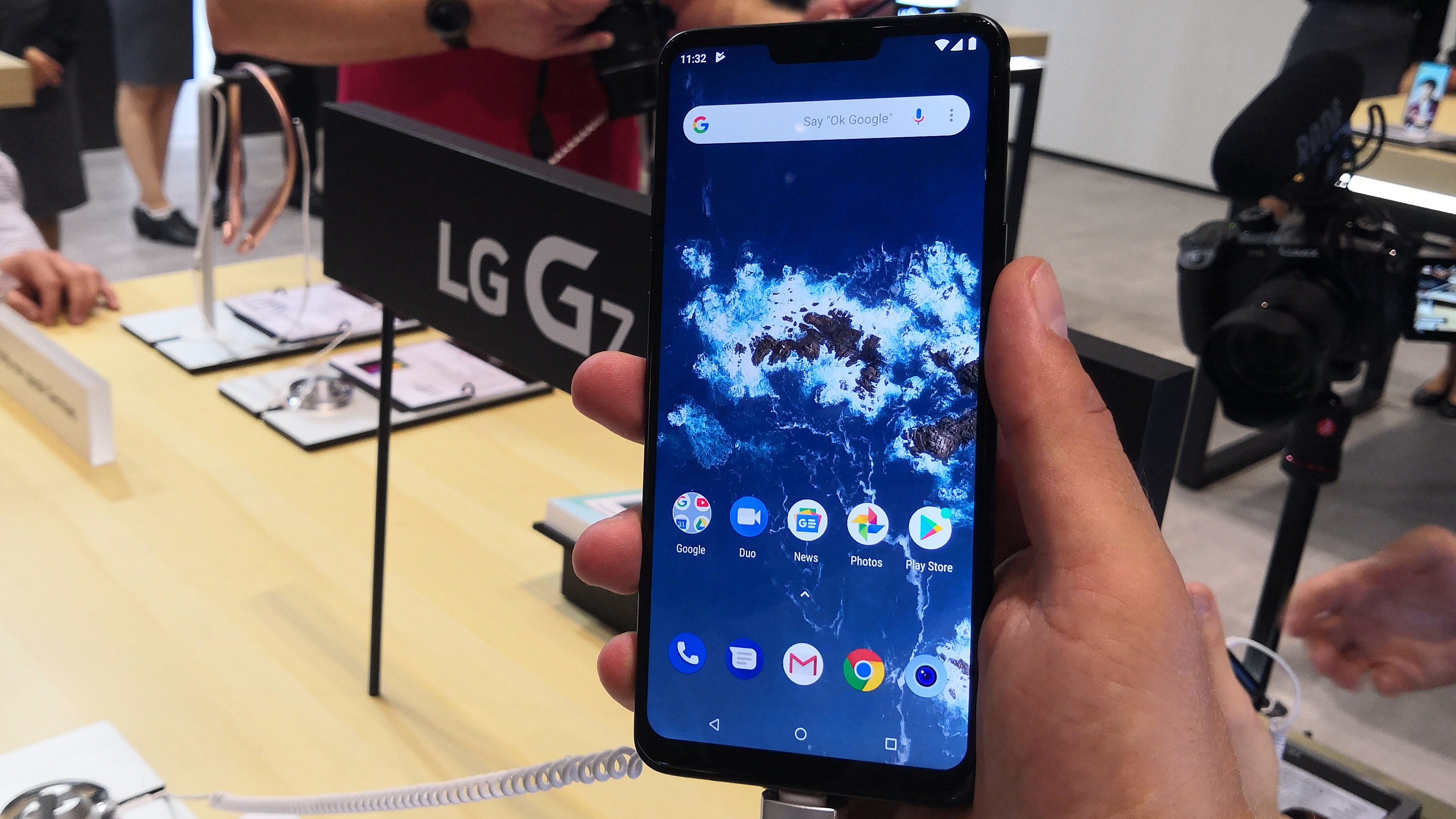
Flip it over and there’s a 16MP Standard Angle (F1.6) lens and the Android One logo - it’s Android 8.1 Oreo on board.
The sides of the LG G7 One are populated by volume controls and a power button, and the bottom of the device has a USB-C slot, 3.5mm jack (something we are still pleased about) and a speaker grille.
It’s the bottom of the LG G7 One that reveals the phone’s audio goodness. The speaker is LG’s Boombox Speaker setup. The phone has been designed to house a resonance chamber, so when it’s put on a hard surface and a tune is pumping out of it, the sound is bigger and more expansive than of a normal tinny phone speaker. We tried it and even in the lofty confines of a convention centre, it sounded richer than we were expecting.
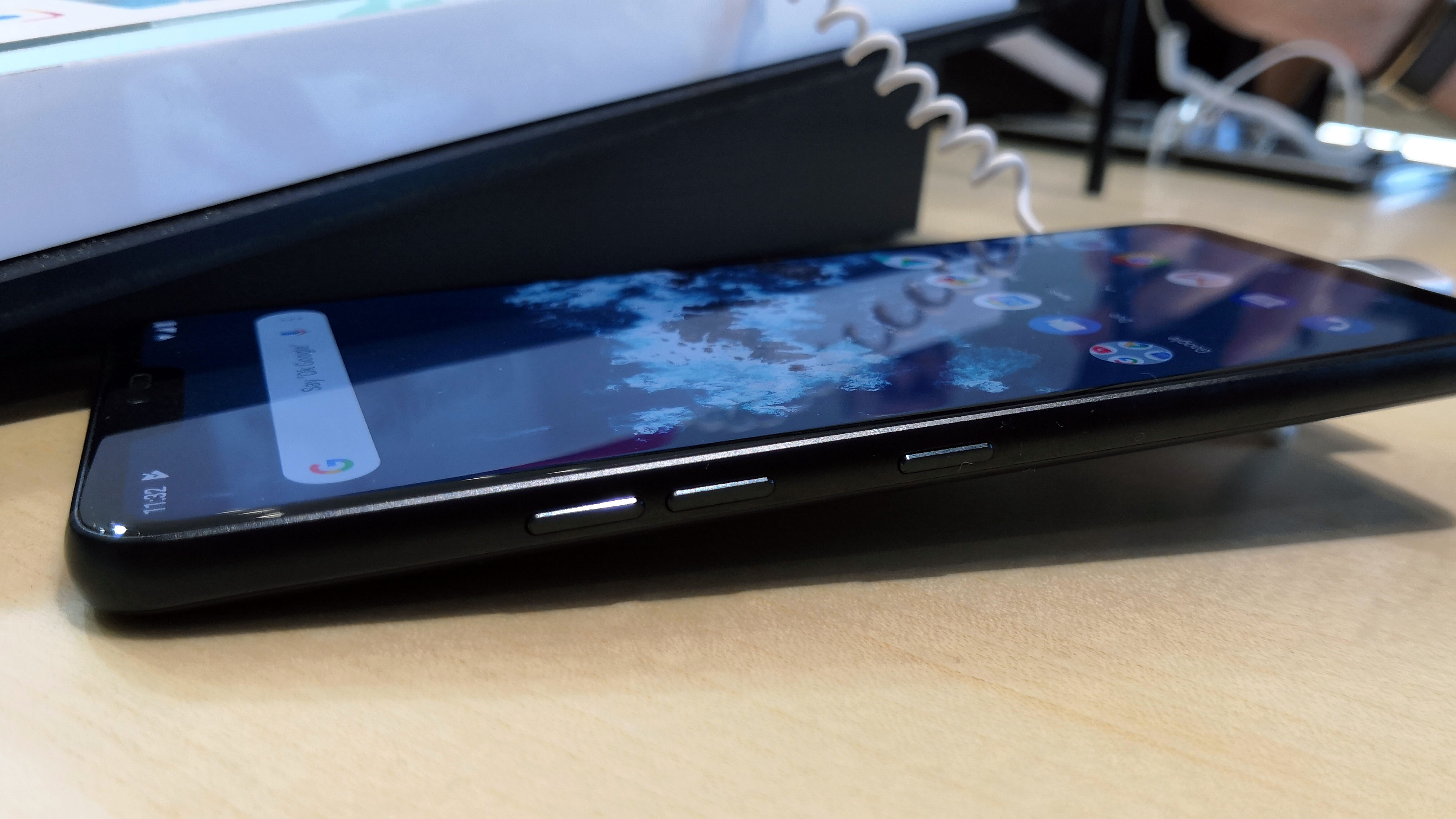
Then there’s the 3.5mm jack. This is important as there is also a 32-bit Hi-Fi Quad DAC in the device which will work well with any half-decent pair of headphones. Then there’s virtual 3D sound that is said to be able to produce up 7.1 quality audio goodness.
We didn’t try this out but the key word here is ‘virtual’ so don’t go expecting miracles - though this is a much more audio-friendly handset than many others out there.
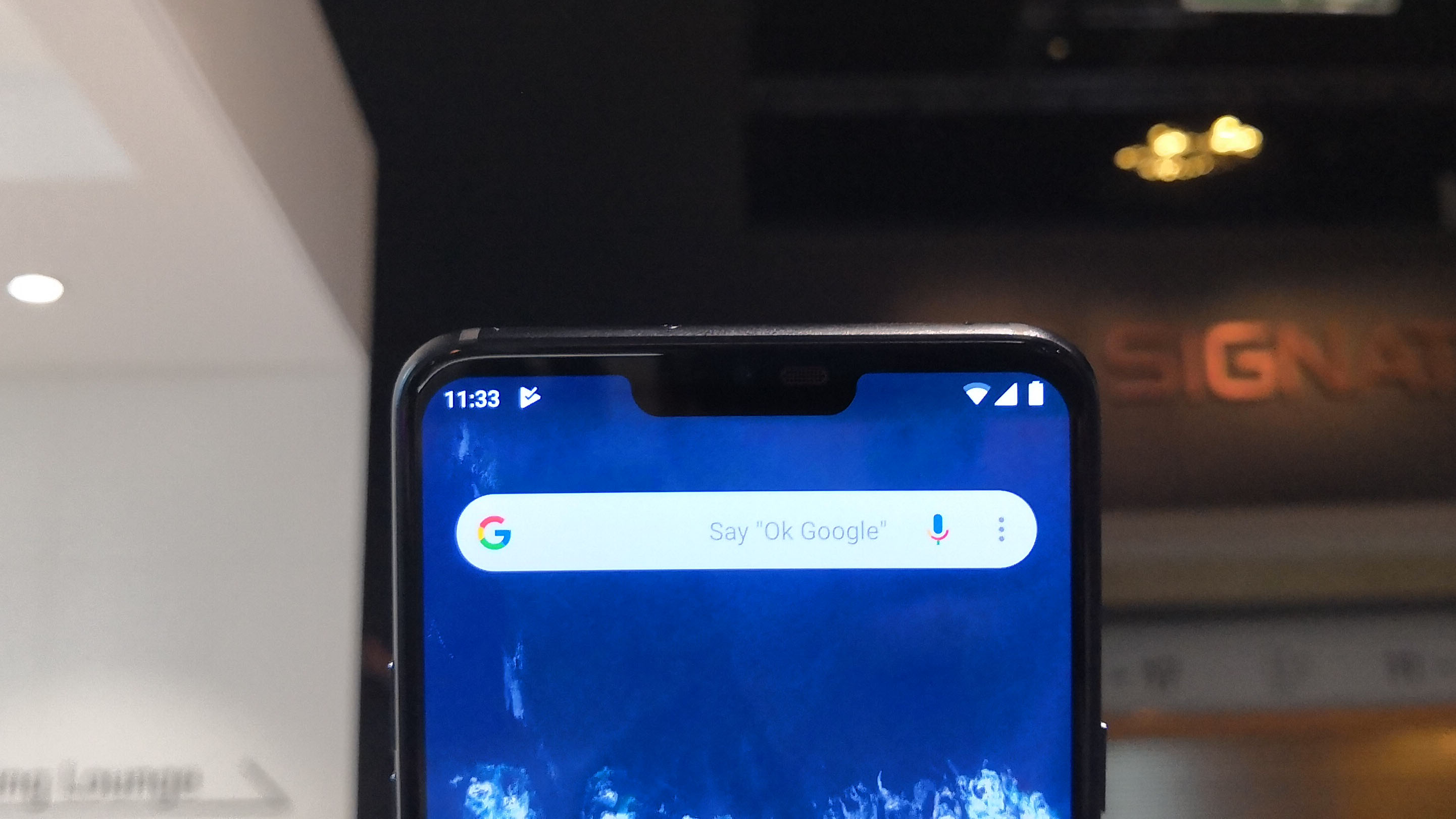
In the hand, the LG G7 One is a solid device, with not too much slip which is a relief given the near all-glass chassis. The screen is big but the phone, thanks to it being nice and slim, never felt overwhelming when gripped.
The shape of the screen - dimension wise, the phone is 153.2 x 71.9 x 7.9mm - means it’s not too fat either, so good for those who still like to scroll one-handed. It’s pretty light, too, at 156g.
Camera, power and battery
The LG G7 One sports a Qualcomm Snapdragon 835 chip, with 4GB of RAM and 32GB of internal storage, there’s a microSD slot too so you can whack the storage up to 2TB if you really want to. Eagle eyed reader will note this is less on-board storage than what's on offer with the LG G7 ThinQ and the chipset is not the top-of-the-class 845, that can be found in that phone, too. RAM has pushed down to 4GB, too, which does irk.
It’s got a 3000mAh battery but if you do start to run low, Qualcomm's Quick Charge tech should give you the boost you need.
All of this is powering Android One, which is a great, simple experience. Free from bloatware and bespoke overlays, it’s a really pleasant phone experience. This is LG’s first Android One phone and there seems to be a trend for most manufacturers to offer a version of one of their handsets and we hope this continues.
As it’s Oreo 8.1, there’s a ton of background optimization done by the OS and a load of safety features - courtesy of Google Play Protect - to make sure what your downloading won’t hard your phone.
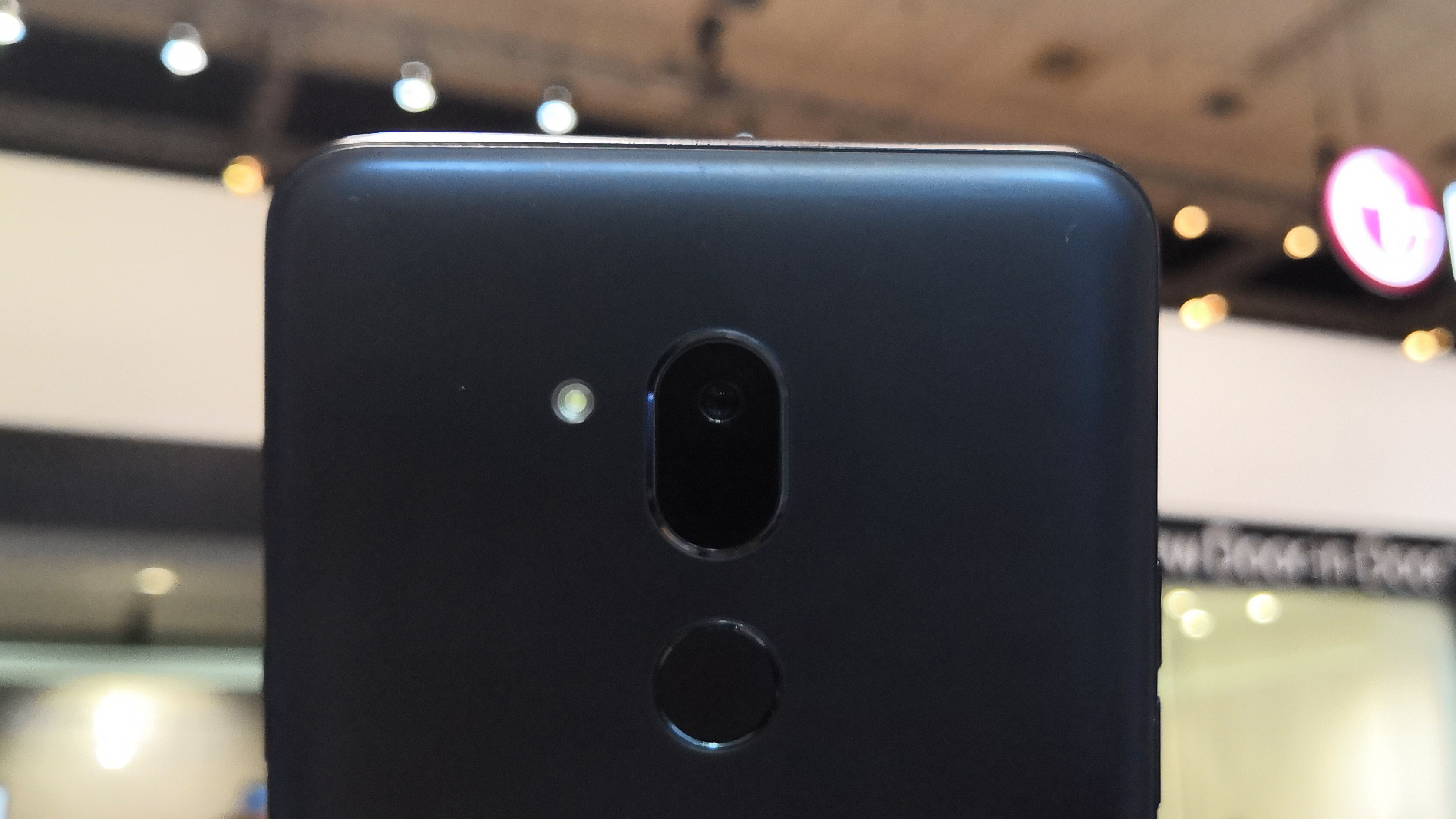
The LG G7 One also has Google Lens on board which is fast finding its way on to more Android devices. The potential for this technology is staggering. But for now, it’s just good fun and allows you to search the world around you. Point Lens at an object and you will get information, it can also read text on signs and the like.
For security, there is also face recognition and fingerprint scanning on the LG G7 One.
Scrolling the LG G7 One and it was slick - there was no judder between screen swipes and heavy apps like YouTube opened up quickly.
You can access the two cameras fast and the pictures we did take of the device - mainly of frazzled journalists busy working away, coffee fumes their only sustenance - colors were rich and had a nice pop to them. There is a distinct lack of a wide-angle camera on the back, though, which was a real USP of the G7 ThinQ.
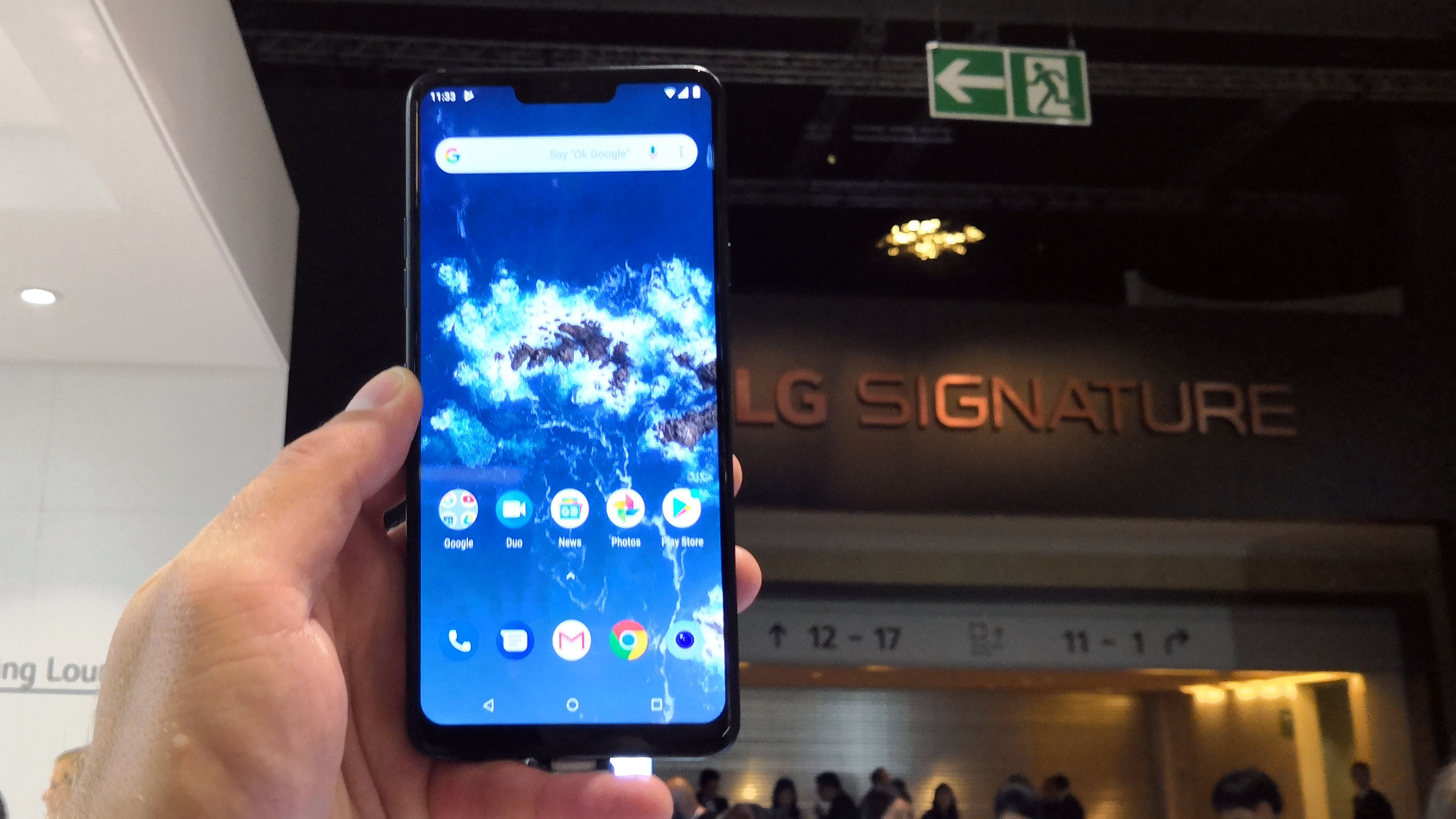
Early Verdict
If you already have the LG G7, then you won’t find much here for you - in fact, there have been a few spec downgrades. But the LG G7 One is a solid, decent smartphone that easily holds its own when compared to the Samsung, Sony and Huawei's of the world.
The biggest criticism we had about its bedfellow was the price of the phone (especially in the US). While we don’t know full pricing yet, that will make or break this handset.
Free from that information, and the LG G7 One is a great-looking solid and stripped-down handset. Less here is certainly better.
- IFA 2018 is Europe's biggest tech show. The TechRadar team is in Berlin to bring you all the breaking news and hands-on first impressions of new phones, watches and other tech as they're announced.
